Le Monde Problématique's Public Feed: Willkommen zu meiner Debattenr...
In einem ausführlichen und sehr differenzierten Beitrag für den Deutschlandfunk beschäftigt sich Julia Pelta Feldman mit aktuellen Fragen zur Restitution von illegal und / oder gewaltsam erworbenen Gegenständen in Museumssammlungen, und, darüber hinaus, mit der Frage, wie Sammlungen so umgestaltet werden können, dass sie künstlerische Entwicklungen und Positionen umfassender als bisher abbilden können. Kunstsammlungen seien noch immer zum großen Teil mit Werken weißer, männlicher Künstler bestückt und von einem kolonialen Geist durchdrungen. Um dies zu ändern, schlägt Feldman das sogenannte „Entsammeln“ vor, also die Entfernung bzw. den Verkauf eines Werkes aus einer musealen Sammlung, welche dann um Werke bisher marginalisierter Gruppen ergänzt werden könne. „Entsammeln“ sei häufig eine heikle Angelegenheit: „[T]rotz der relativen Neuheit des Wortes gibt es dessen Idee und Praxis so lange, wie es Museen gibt. Man entsammelt aus ganz unterschiedlichen Gründen, die vom Alltäglichen bis zum Skandalösen reichen. Immer aber ist dieser Prozess geeignet, starke Gefühle hervorzurufen. Einer Öffentlichkeit, die es mit einigem Recht als die Aufgabe eines Museums ansieht, die Objekte seiner Sammlung auf Dauer zu pflegen, mag das Entsammeln widersprüchlich, wenn nicht sogar empörend erscheinen. Eine Museumssammlung ist schließlich viel mehr als nur eine Anhäufung von Wertgegenständen. Vor allem die Sammlungen staatlicher Museen stehen für die Werte einer Kultur selbst, für das, was sie für wesentlich und erhaltenswert hält – was sie buchstäblich zur Schau stellen möchte. Museen wissen, dass das Publikum sich ihren Sammlungen oft tief verbunden fühlt und dass der Ausschluss eines Werkes aus dieser Sammlung in manchen das Gefühl wecken mag, einen Teil von sich selbst zu verlieren.“ Die Autorin plädiert für einen verantwortungsvollen Umgang mit diesem Mechanismus, welchen sie prinzipiell für ein sinnvolles Instrument zur Diversifizierung hält: „Unsere Museen sind ein Teil dessen, was wir sind, und es ergibt Sinn, dass wir sie schützen wollen. Entsammeln zum Aufbau von Sammlungen kann ohne Frage kurzsichtig und unethisch erfolgen. Aber ebenso kann man es auch auf eine umsichtige Weise betreiben und so die Sammlung bereichern und die kunsthistorische Erzählung des Museums erweitern, ohne die Reputation der betroffenen Künstler zu beeinträchtigen oder die Chancen des Publikums zu mindern, ihre Werke zu sehen.“
Die in Schweden aufgewachsene Kuratorin Fatima Hellberg hat kürzlich die Leitung des Bonner Kunstvereins übernommen. Die erste von ihr kuratierte Ausstellung wird im September diesen Jahres eröffnen. Im Interview mit der skandinavischen Website kunstkritikk.com gibt sie ausführlich Auskunft über ihre Ausstellungspläne, ihr Kunstverständnis und kuratorisches Selbstverständnis. Ein Ziel ihrer Arbeit sei es, auch die institutionelle Struktur des Kunstvereins selbst zu hinterfragen, so Hellberg: „[…] A long-running concern is how a subject matter can move deeper, rather than being speech acts or surface structures, how strands from feminist thought and practice for instance can expand into the fabric of the institution. […] I am interested in what happens when a feminist approach is internalised and becomes part of the foundation, so to speak. That is, being a part of the exhibition programme, but also operating as an undercurrent in structures and processes of how you work.“
Ai Weiwei verbrachte die letzten Jahre in Berlin, nach dem er 2015 aus seinem Heimatland China ausreisen durfte. Nun ist er vor einigen Monaten mit seinem Sohn ins englische Cambridge gezogen. Damals schon hatte er von rassistischen Vorfällen berichtet, welche ihn dazu bewogen hätten, Berlin zu verlassen. In einem Interview mit dem Guardian, welches vor knapp zwei Wochen erschien, hat er nun seine Kritik erneuert und sogar noch deutlich verschärft. Ein kleiner Auszug: „‘Germany is a very precise society. Its people love the comfort of being oppressed. In China, too, you see that. Once you’re used to it, it can be very enjoyable. And you can see the efficiency, the show, the sense of their power being extended through the connected-mind condition.‘ [Interviewer Simon Hattenstone:]You mean there is no room for individuality? ‚Yes. They have a different kind of suit: it doesn’t look like what they wore in the 1930s, but it still has the same kind of function. They identify with the cult of that authoritarian mindset.‘“
Als die Basketballlegende Kobe Bryant vor wenigen Tagen bei einem Hubschrauberunglück ums Leben kam, war die allgemeine Betroffenheit groß. Im Zuge der öffentlichen Huldigung fielen problematische Aspekte seiner Persönlichkeit unter den Tisch, wie Nils Minkmar in seinem Essay für Spiegel Online bemerkt. Nach dem eine Reporterin der Washington Post einen Artikel aus dem Jahr 2016 getwittert hatte, welcher sich ausführlich mit den Vergewaltigungsvorwürfen gegen Bryant auseinander gesetzt hatte, habe sie ein gewaltiger Shitstorm getroffen, so Minkmar. Diese Reaktion sei symptomatisch: „[Es] scheint derzeit besonders schwer auszuhalten zu sein: dass auch Helden eine Schwäche haben, dunkle Charakterzüge, seltsame Ansichten oder gar schuldig wurden. Auf den glatten Bildschirmen der digitalen Moderne soll alles makellos erscheinen.“ Der Autor diagnostiziert eine allgemeinen Mangel an Ambiguitätstoleranz im öffentlichen Diskurs und führt dafür vor allem Beispiele aus dem kreativen Bereich ins Feld – Michael Jackson, Kevin Spacy oder die antisemitisch eingestellte Bildhauerin Camille Claudel. Deren moralische Verfehlungen seien nur ein Teil von deren Persönlichkeit. Es sei naiv, an die ganzheitliche Unfehlbarkeit von Menschen zu glauben: „Die Fehlbarkeit und Zerbrechlichkeit des Menschen sind der Stoff, aus dem Dramen und Geschichten sind, aus denen wir lernen und mit denen wir uns einen Reim auf die Welt machen. Perfektion ist keine menschliche Kategorie“, so das Schlusswort des Autors.
Eine Abrechnung mit dem Phänomen des „minimalistischen Lebensstils“ hat Caroline Rosales für das Zeit Magazin verfasst. Unter der schönen Überschrift „Verzicht muss man sich leisten können“ kritisiert sie den Minimalismus als Distinktionsmerkmal einer gesellschaftlichen Schicht von gebildeten Besserverdienern, welche sich vom „Konsumwahn“ weniger gebildeter bzw. vermögender Gruppen abzusetzen versuchten. Sie schreibt: „Diese Pseudoenthaltsamkeit erlaubt es dem modernen westlichen Menschen, seinen Konsum in eine korrekte Nachhaltigkeitsphilosophie zu verpacken und dabei noch in moralische Überlegenheit umzumünzen. Auf Menschen mit vollgepackten Ikea-Regalen blicken die selbst ernannten Hohepriester des Minimalismus derweil herab. Haben die ihr Leben nicht im Griff? Können die sich nicht zügeln in ihrer ewigen Kaufwut? Und sich einmal etwas richtig Gutes kaufen statt was Billiges bei Butlers?“ Bei genauerer Betrachtung würden sich auch viele scheinbar praktische Vorteile eines so verstandenen minimalistischen Lebensstils stark relativieren, so Rosales.
Einen interessanten Einblick in das Ausstellungsmanagement von Kunstmuseen gibt Susanne Schreiber in ihrem Artikel für das Handelsblatt. Sie hat mit Felix Krämer, dem Generaldirektor des Düsseldorfer Kunstpalasts gesprochen, sowie mit Ellen Bierwisch, der Leiterin des Ausstellungsmanagements. Am Beispiel der zwei kommenden Ausstellungen erläutern beide unter anderem, wie diese geplant werden und wie deren Finanzierung kalkuliert wird. Dass dabei alle Beispiele mit konkreten Summen unterlegt werden, macht den Artikel besonders interessant – übers Finanzielle wird im Kunstbereich ja bevorzugt hinter vorgehaltener Hand gesprochen.
Vor 17 Jahren startete die Wanderausstellung „Bunte Götter“, welche erstmals zeigte, dass Skulpturen der griechischen Antike keineswegs weiß, sondern bunt bemalt waren. Nun wird die aktualisierte Ausstellung „Bunter Götter – Golden Edition“ wieder im Frankfurter Liebighaus zu sehen sein, wie der Deutschlandfunk berichtet. Im Interview erläutert Vinzenz Brinkmann, Leiter der Antikensammlung des Hauses, welche Faktoren für den falschen Glauben an den reinen Marmor der Antike verantwortlich waren. „Tatsächlich seien Skulpturen schon immer farbig gewesen – seit den Ägyptern bis zum europäischen Mittelalter. Erst die Renaissance habe dann beim Versuch, das Ideal der antiken Philosophie wiederzubeleben, die Vorstellung von der farblosen antiken Skulptur entwickelt, erläutert Brinkmann: ‚Man gräbt damals sehr viel in Rom die Erde um, es entstehen viele neue Gebäude und man findet natürlich zahlreiche Marmorskulpturen der Antike, die keine Farbe mehr besitzen.‘ Diese Ästhetik habe sich verfestigt, bis dann im 18. Jahrhundert erste wissenschaftliche Grabungen, unter anderem in Pompeji, stattfanden und dabei viele Marmor-Skulpturen mit zahlreichen Farbresten gefunden wurden.“
Düsseldorf wird zum dreißigsten Jahrestag der deutschen Wiedervereinigung ein Einheitsdenkmal erhalten. Das 30 Meter hohe Kunstwerk der beiden Künstler Ralph Richter und Thomas Schönauer wurde der Stadt als Schenkung angeboten; Ende Dezember wurde es per Ratsbeschluss angenommen. ( Hier findet man ein Video der Autoren, welches den Entwurf vorstellt.) Es soll prominent in Sichtweite des Landesparlaments am Rheinufer aufgestellt werden. Die Arbeit wurde entgegen der Empfehlung der Kommission für Kunst am Bau und im öffentlichen Raum (full disclosure: der Autor ist Kommissionsmitglied) angenommen, deren Mitglieder sich vorher mit großer Mehrheit gegen eine Annahme ausgesprochen hatten. Es folgten öffentliche Angriffe des Oberbürgermeisters auf die Kommission, welcher sich deutlich für die Aufstellung des Denkmals ausgesprochen hatte, wie Arne Lieb in seinem Bericht für die Rheinische Post berichtete. ( Hier die Begründung der Kommission zur Ablehnung im Wortlaut.) So wurde nicht nur ein Einheitsdenkmal angenommenen, welches in vielerlei Hinsicht für die problematischen Aspekte jener Ost/West-Diskussionen steht, welche bisher von einer westdeutschen Deutungshoheit dominiert wurden; es wurde auch eine politische Institution beschädigt, welche eigentlich extra ins Leben gerufen wurde, um mit ihrer Expertise für mehr Qualität und Diversität bezüglich Kunst im öffentlichen Raum zu sorgen.
Franz Josef Wagners Kolumne für die Bild-Zeitung ist legendär. Seine Rhetorik erinnert an Grundschulaufsätze, sein Weltbild ist ähnlich simpel gestrickt. So gelingen ihm immer wieder geradezu wahnwitzige Einordnungen tagesaktueller Ereignisse, welche mehr an Poesie erinnern als an eine Zeitungskolumne. Ein absoluter Höhepunkt: seine Kommentierung der Krawalle in Leipzig von vor etwa einer Woche.
Johannes Bendzulla

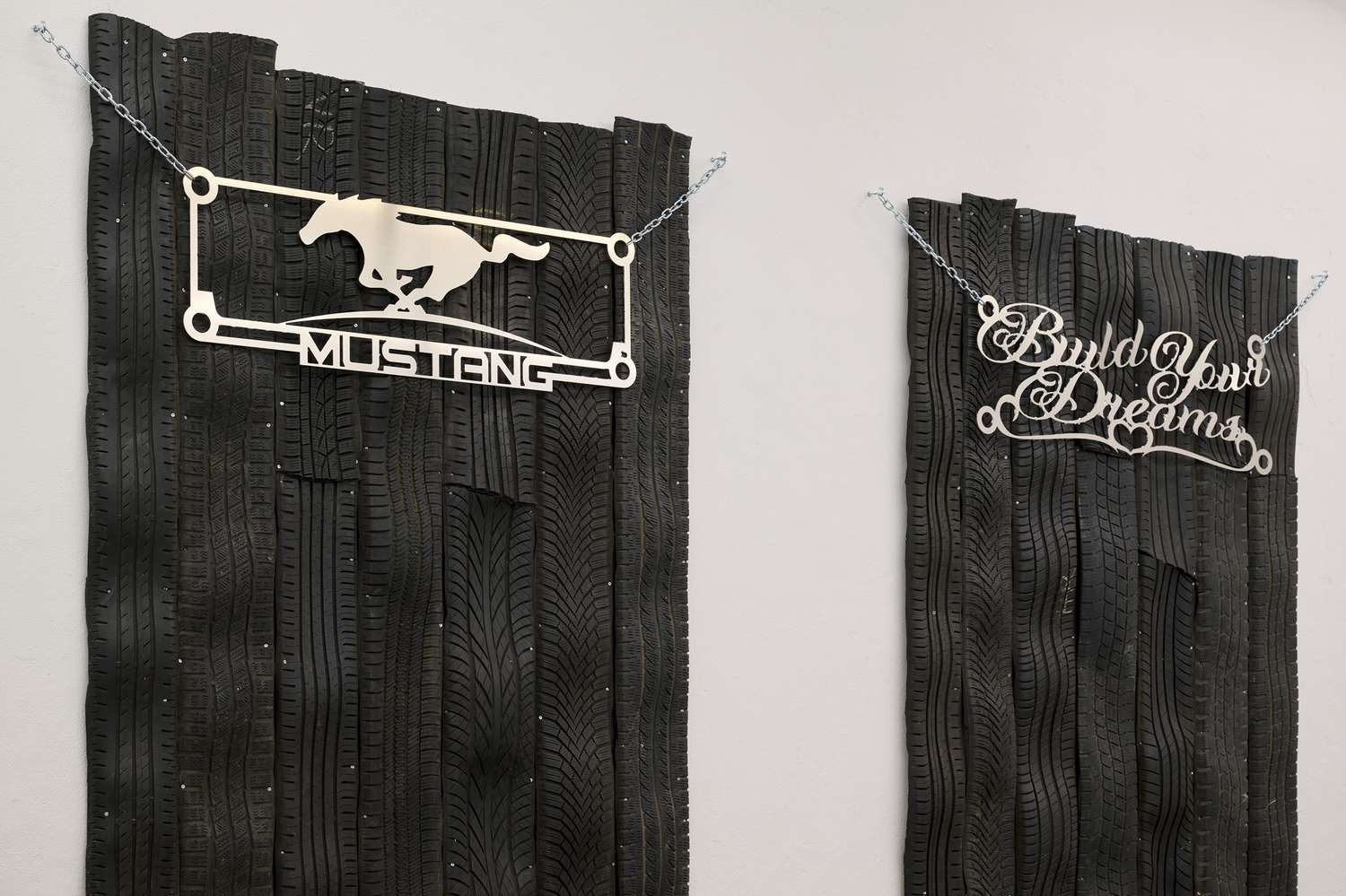
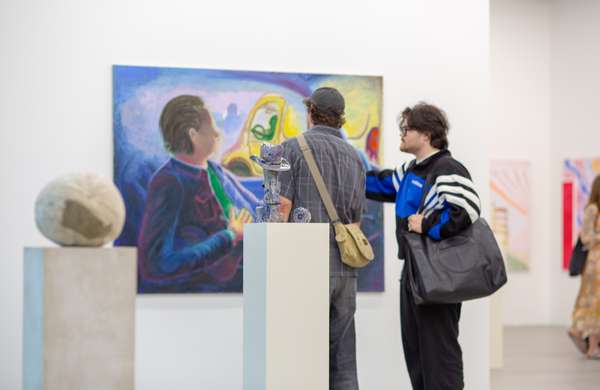



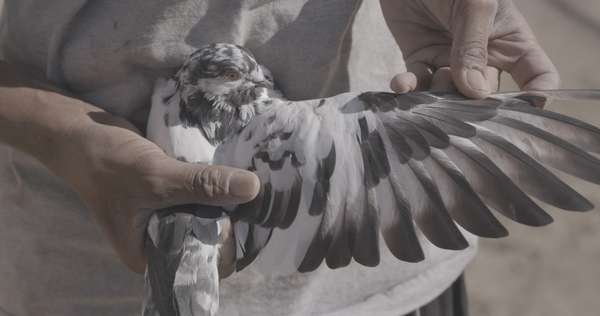
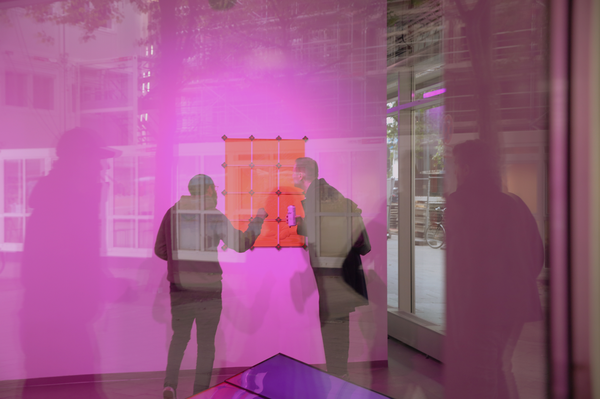


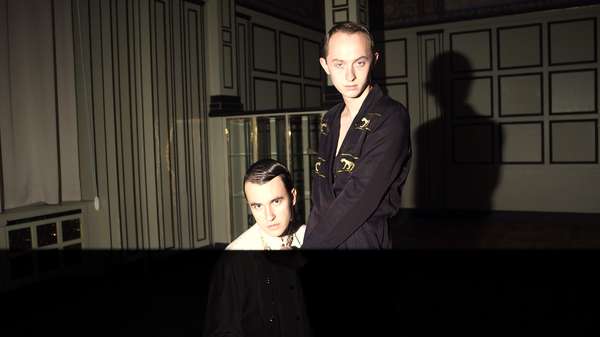
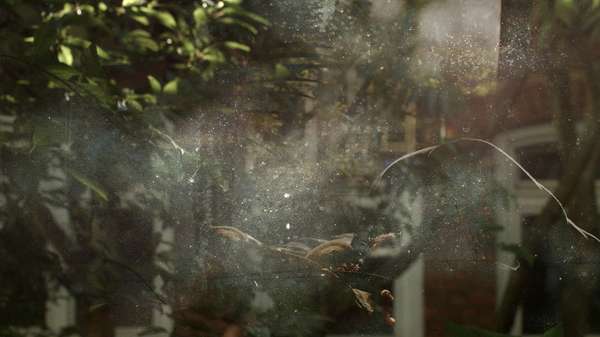
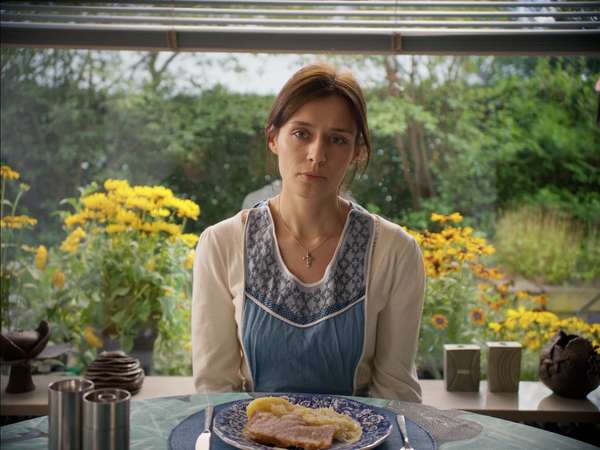
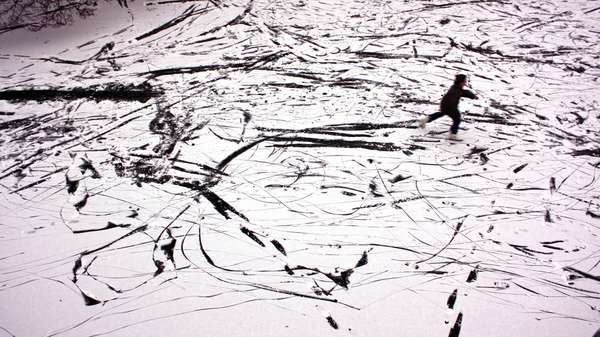
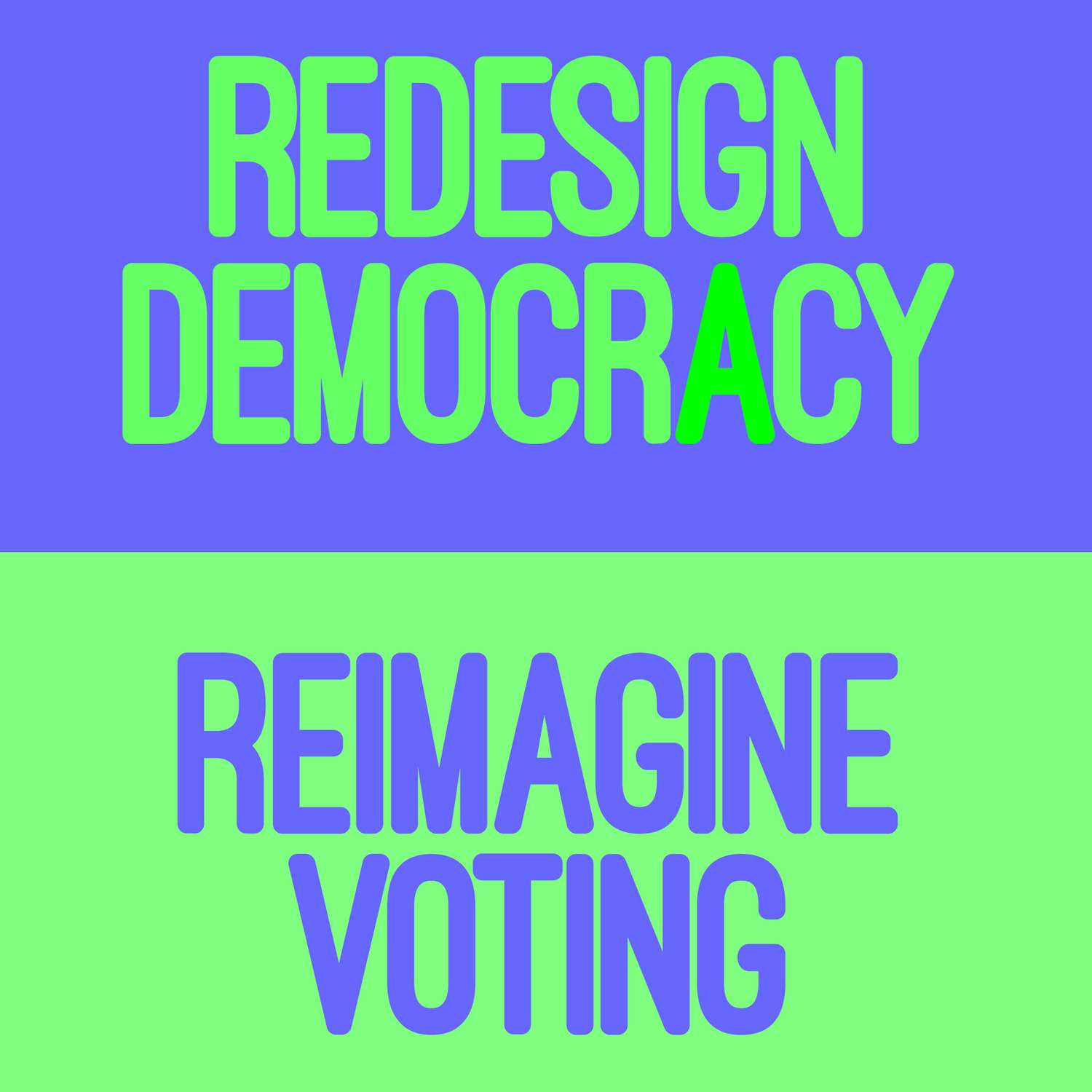

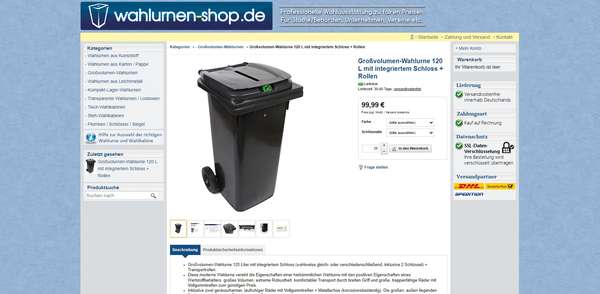

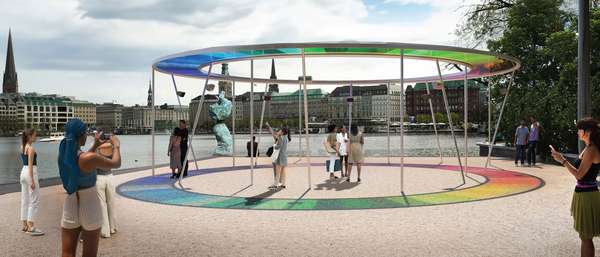

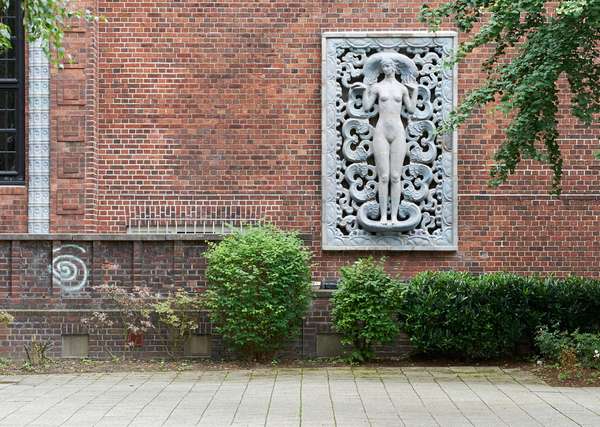
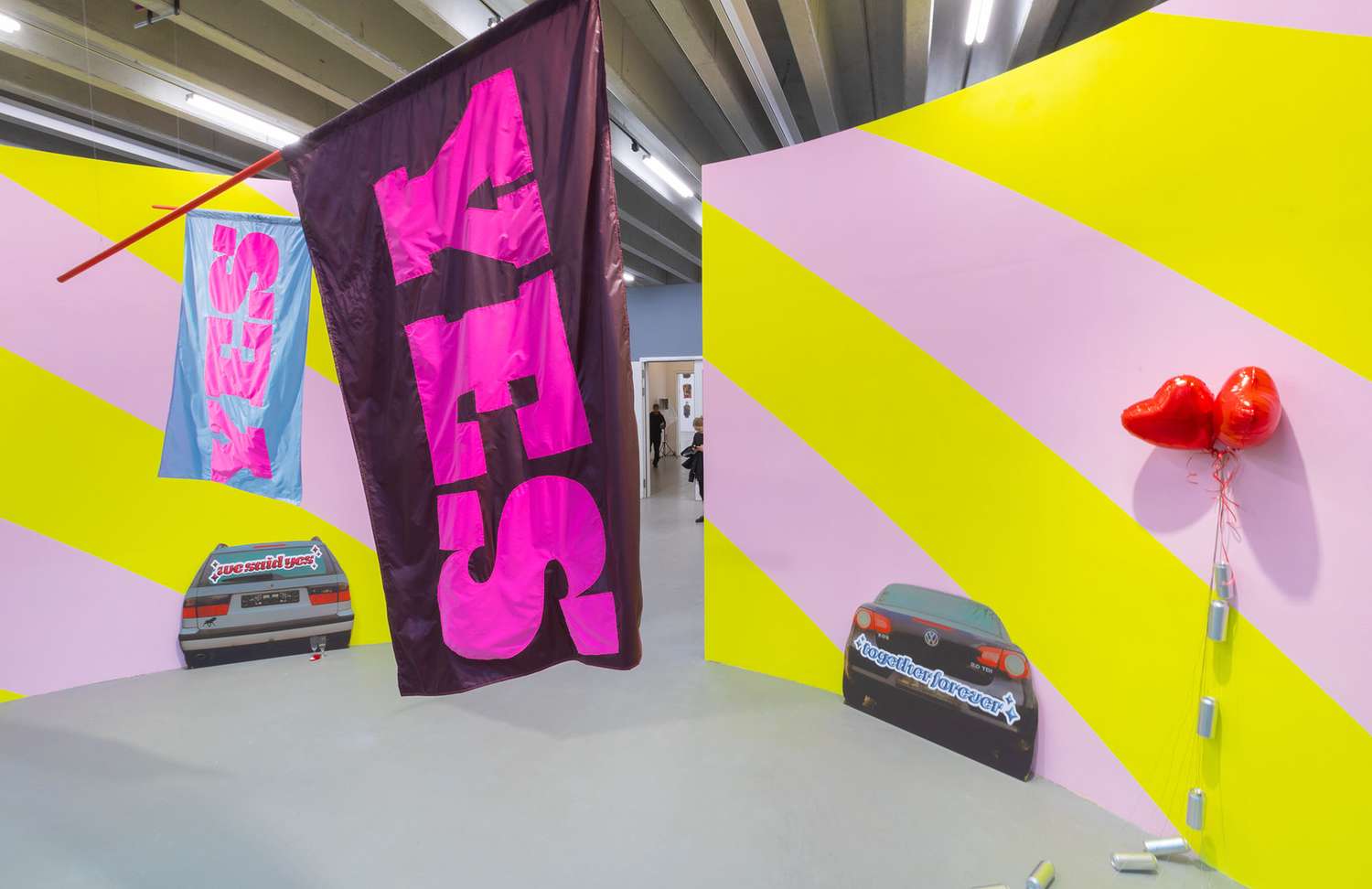
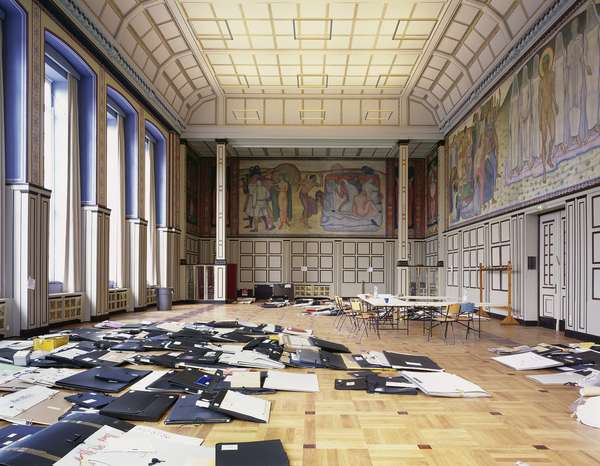
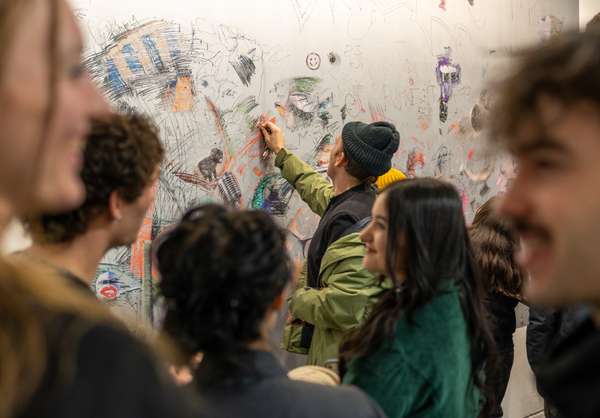
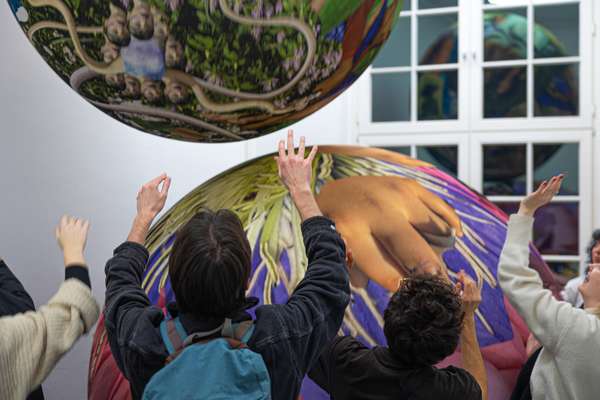



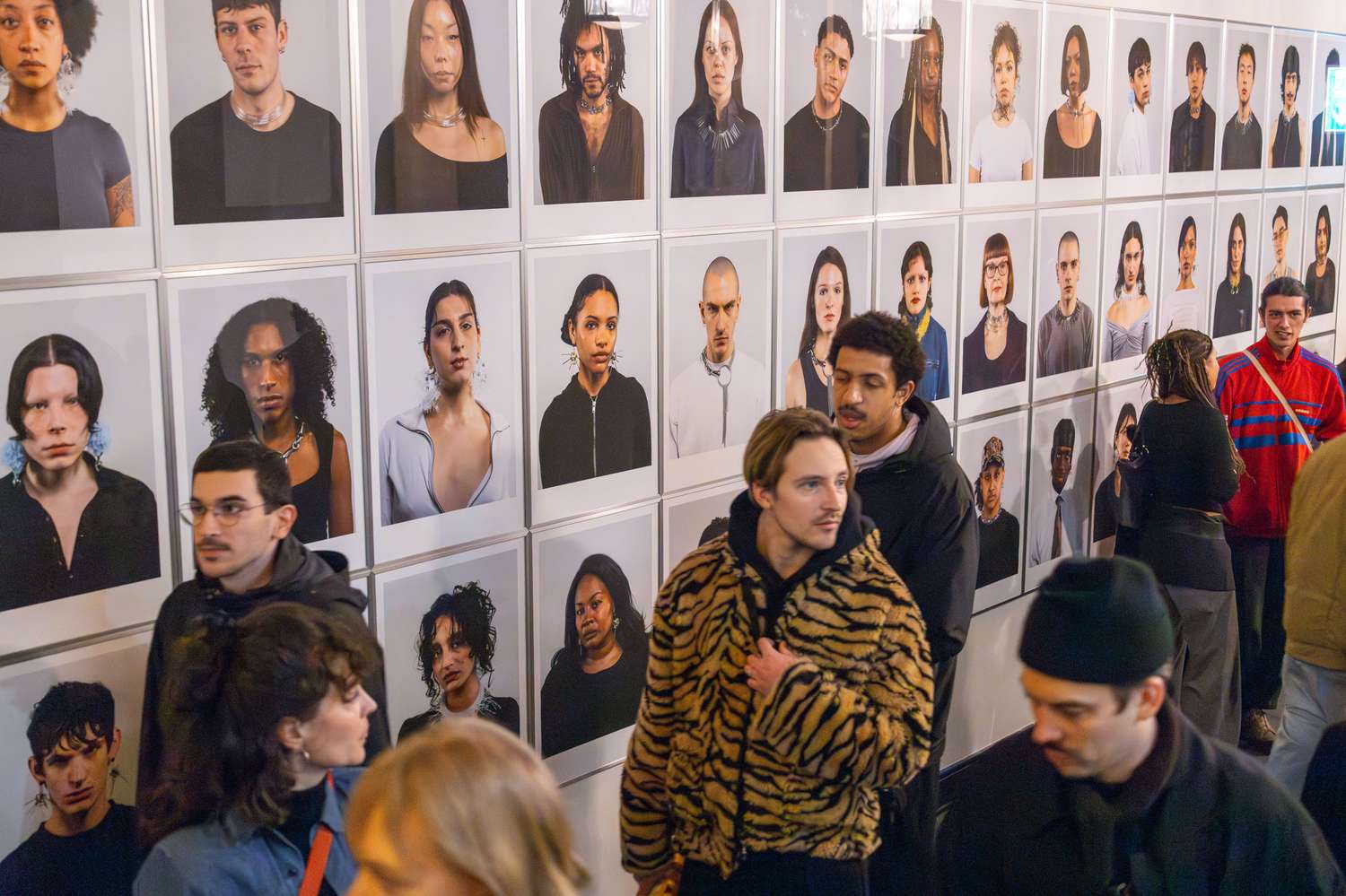
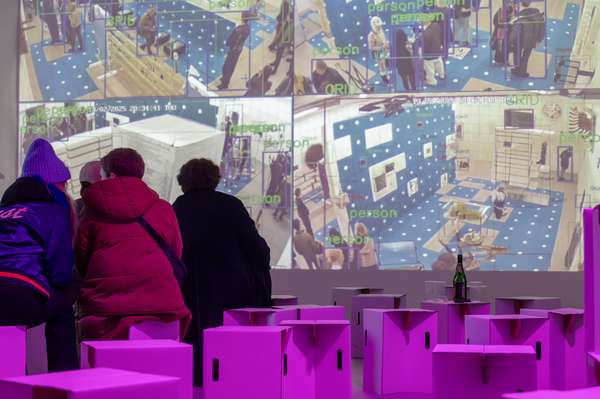
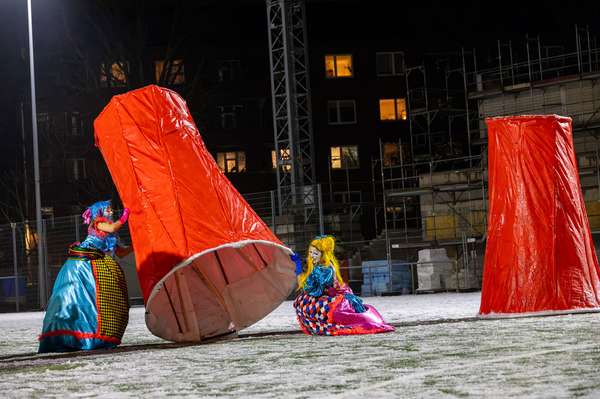
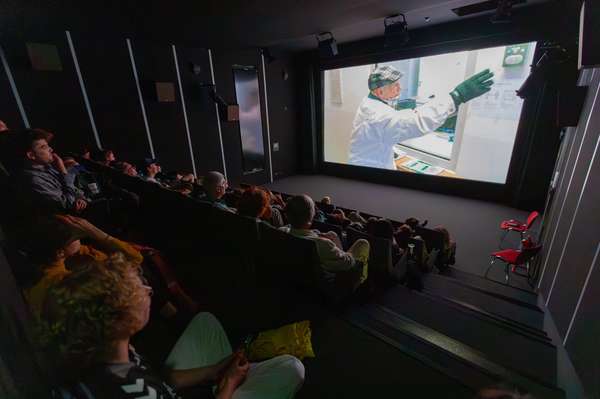
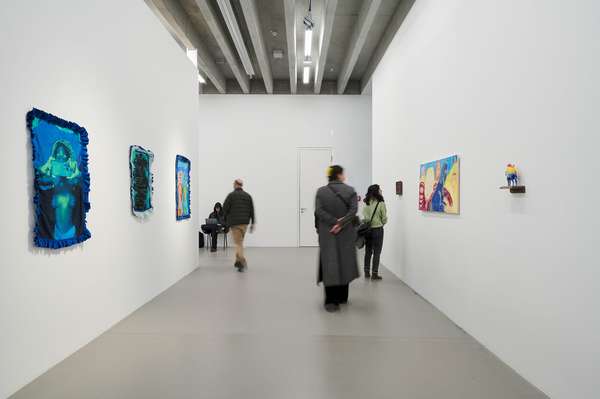
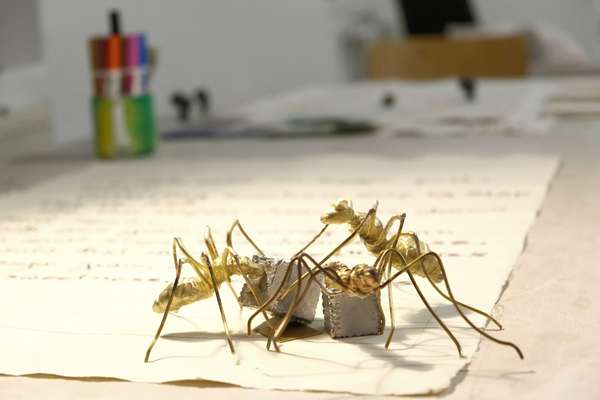
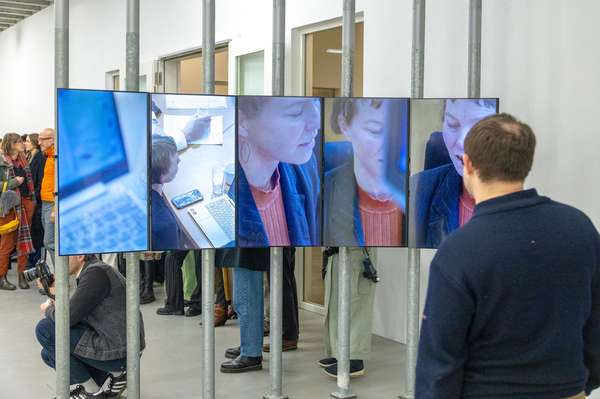
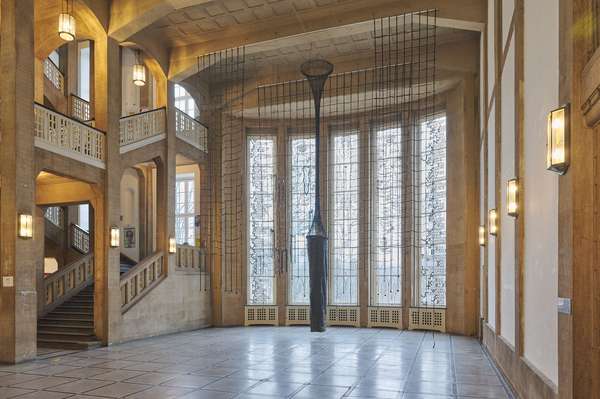
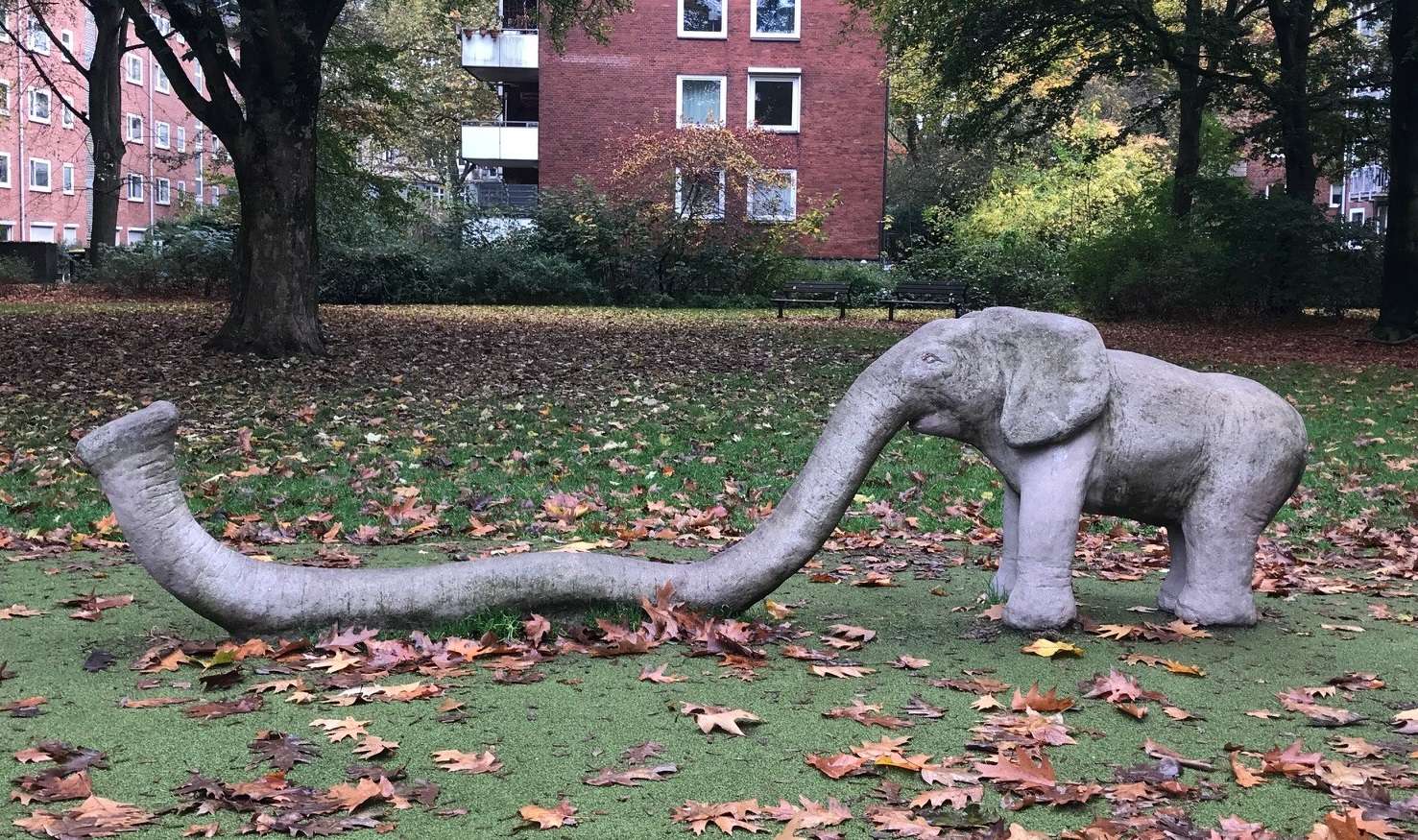
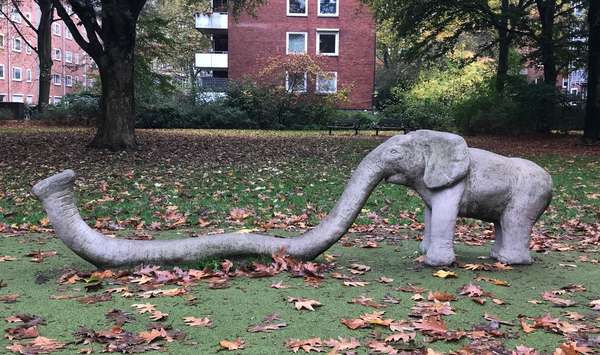
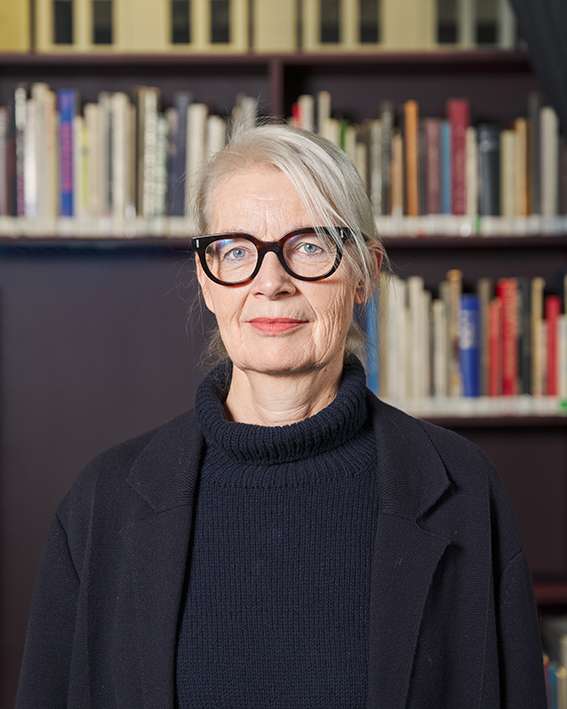
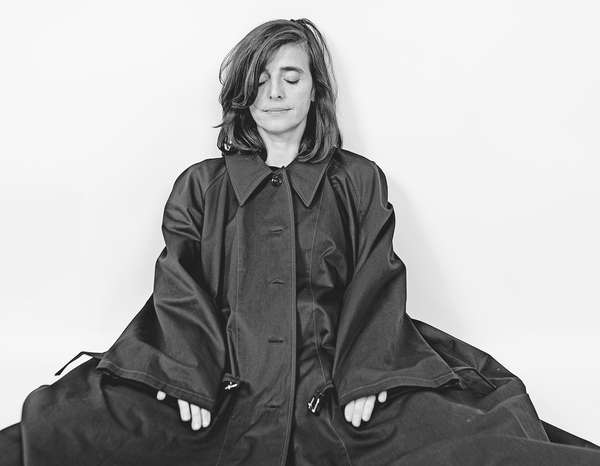
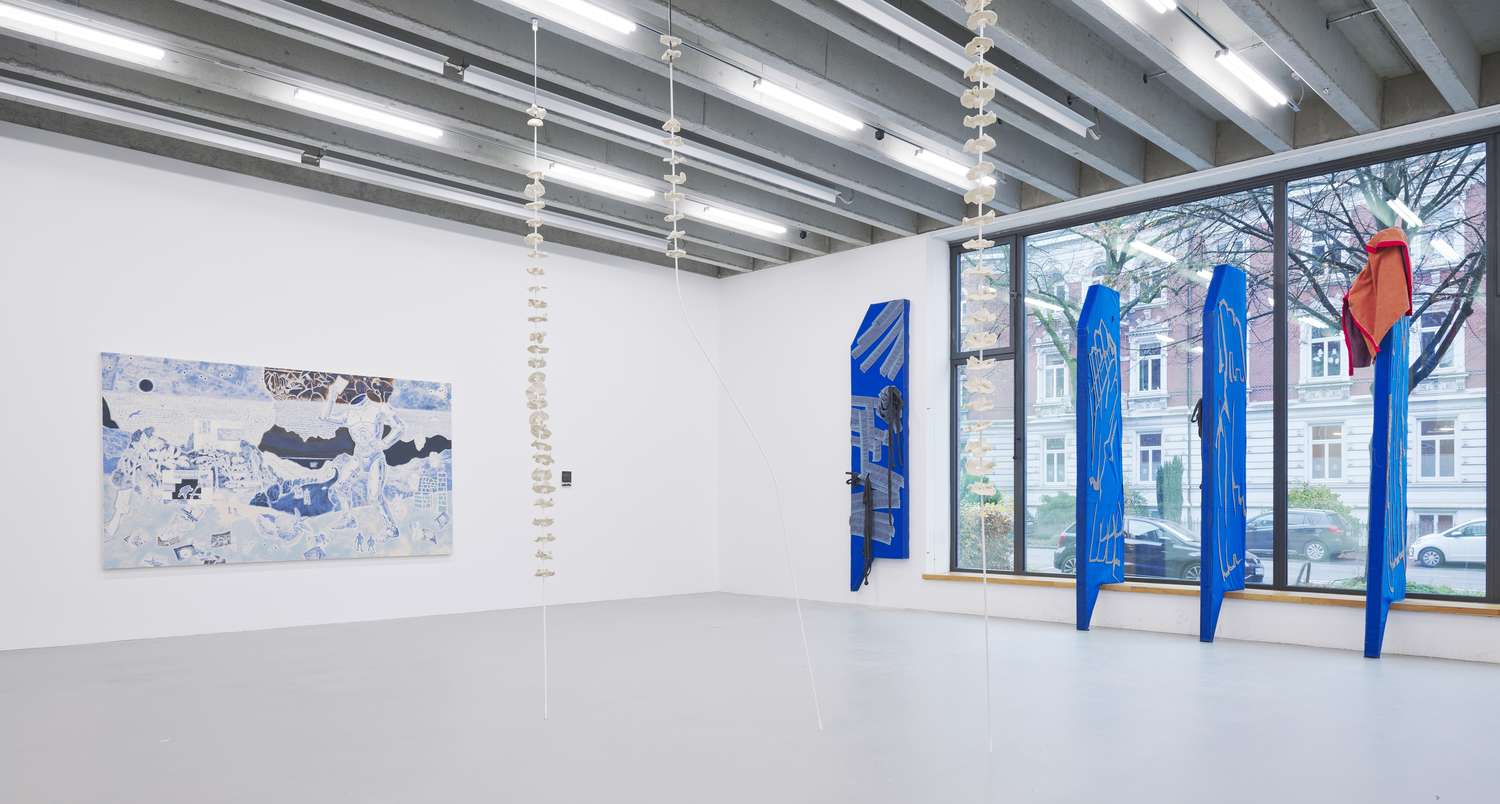
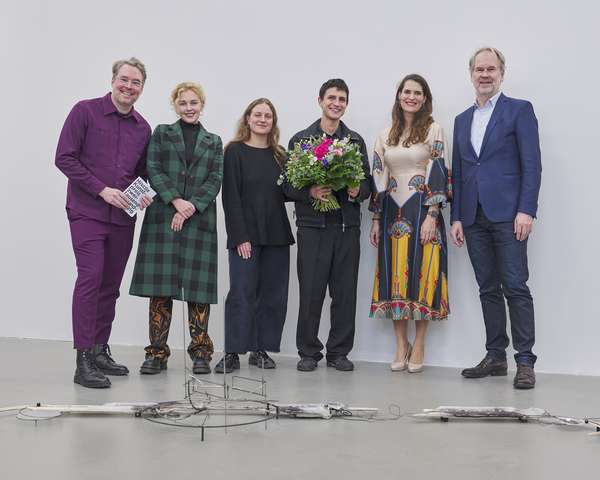
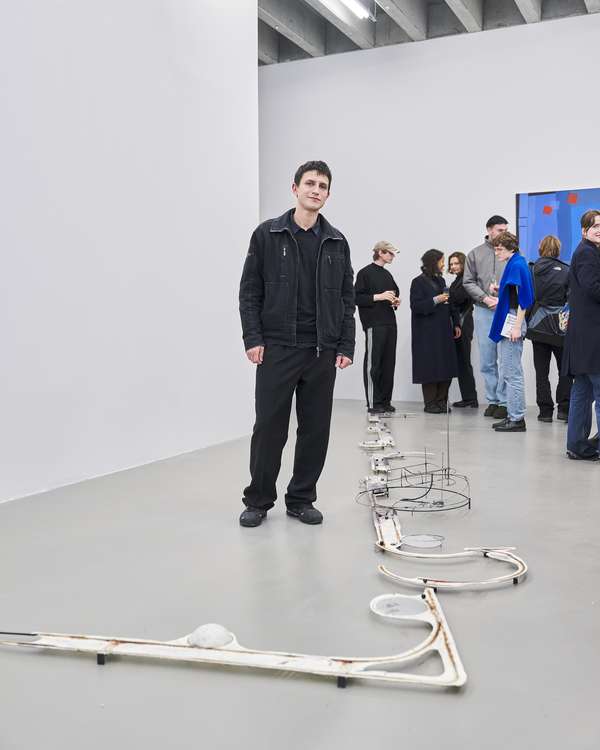
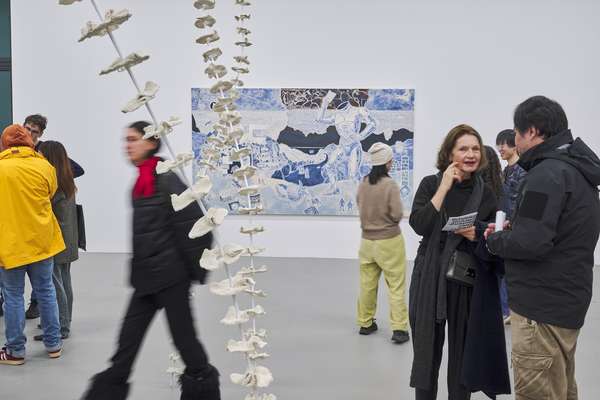
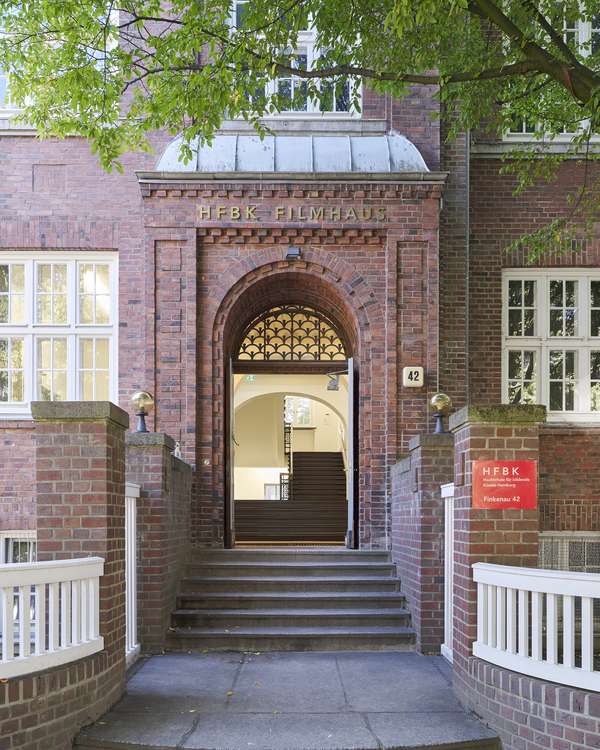
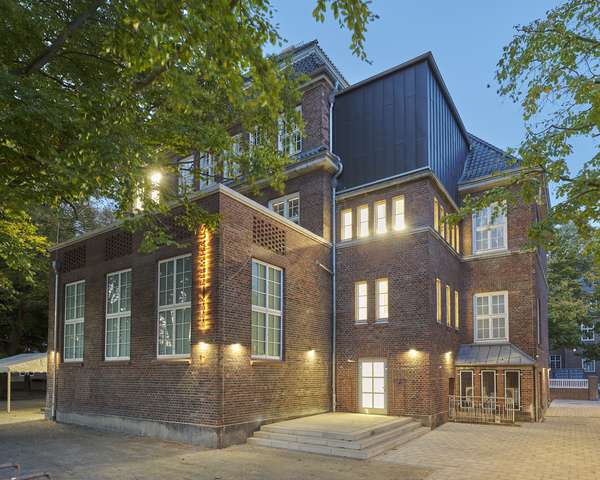
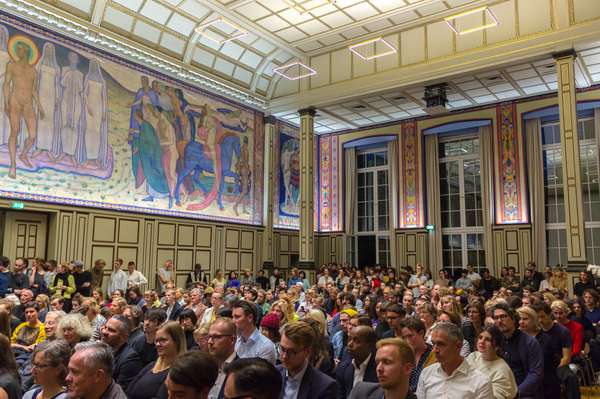
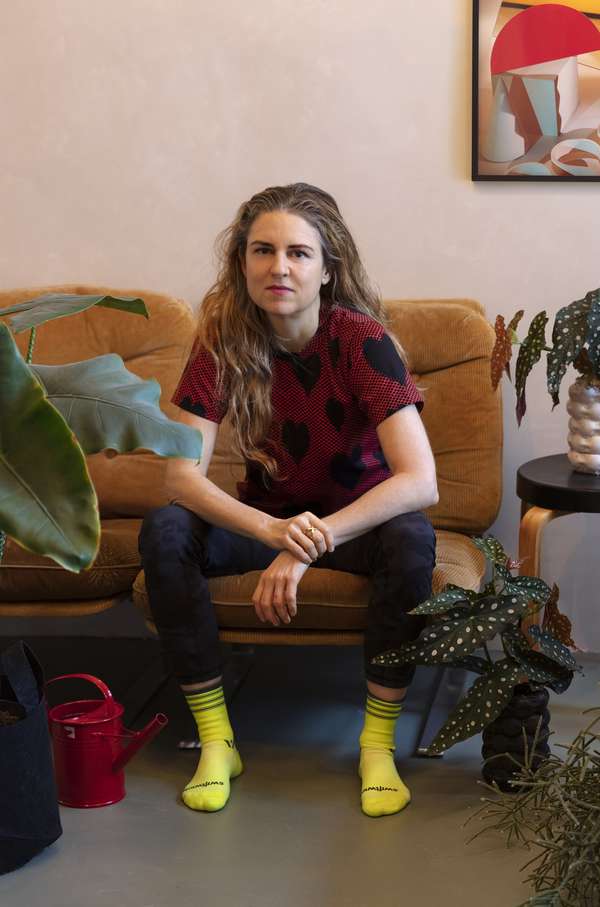
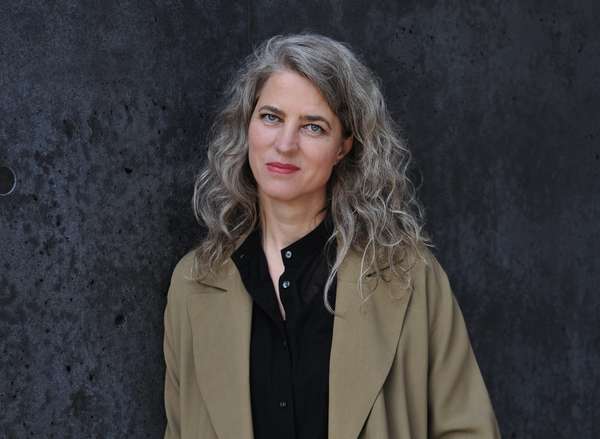
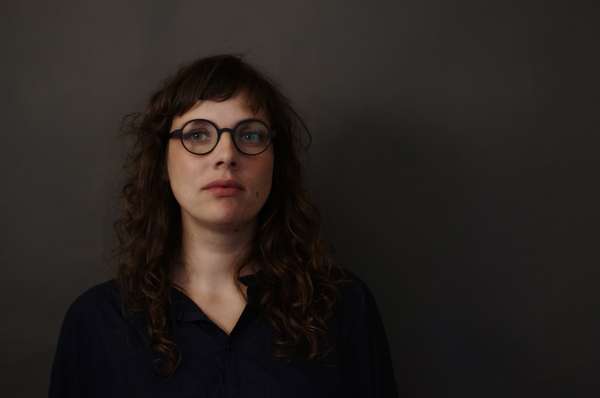
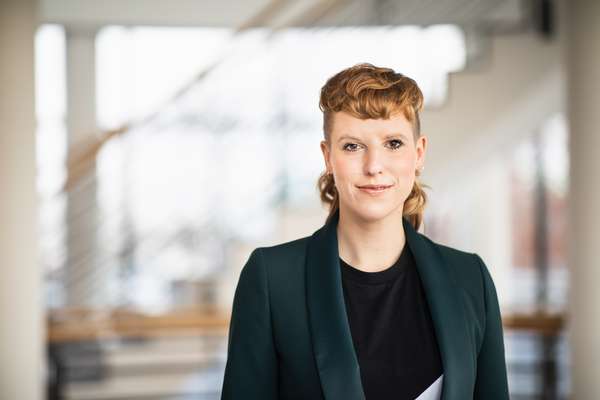
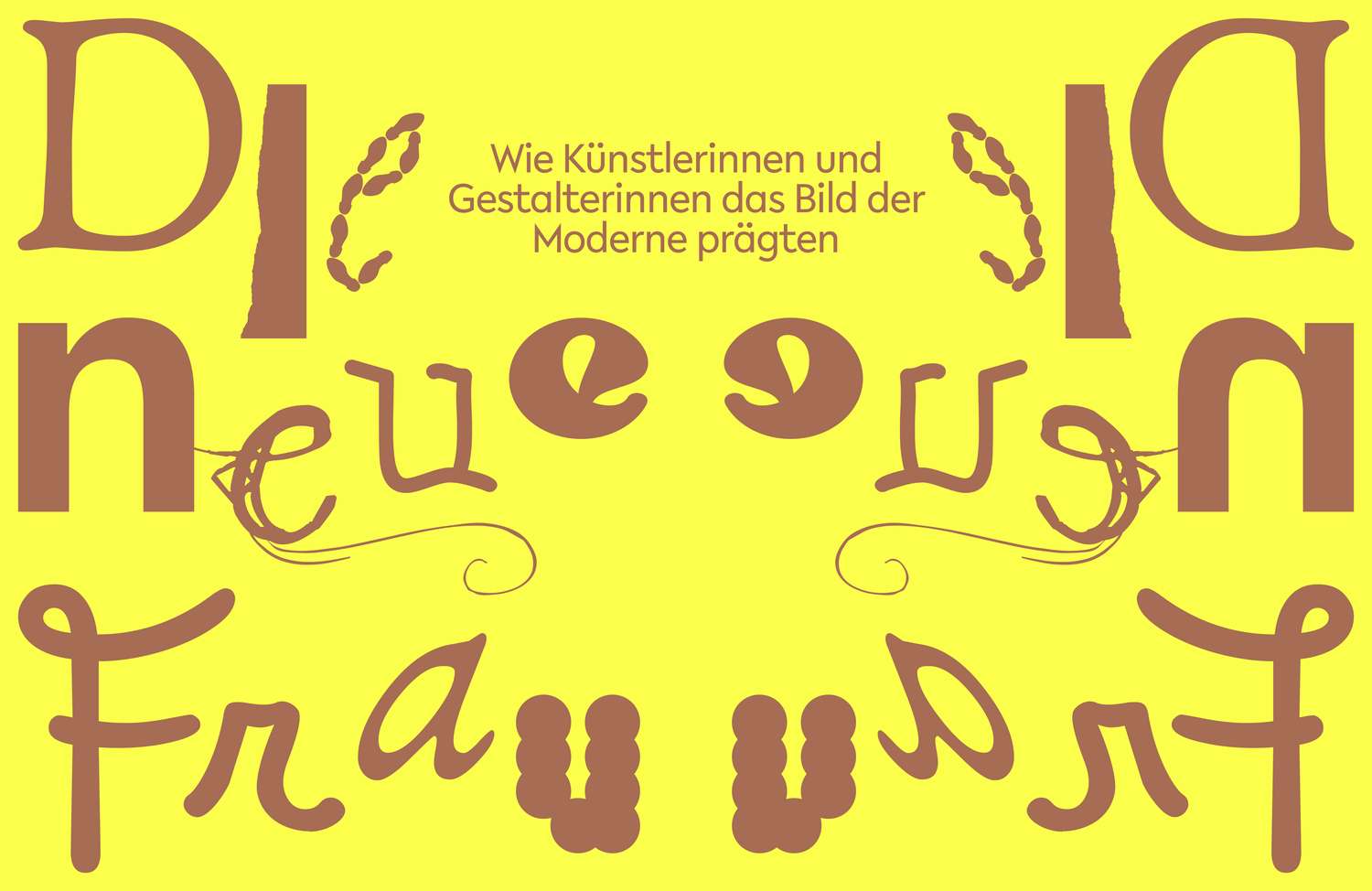
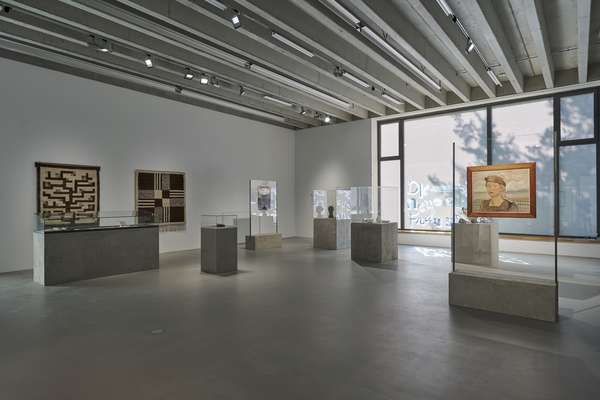
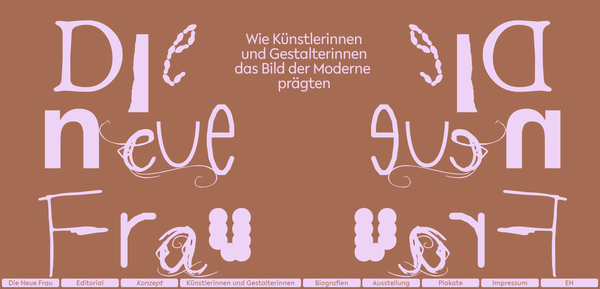
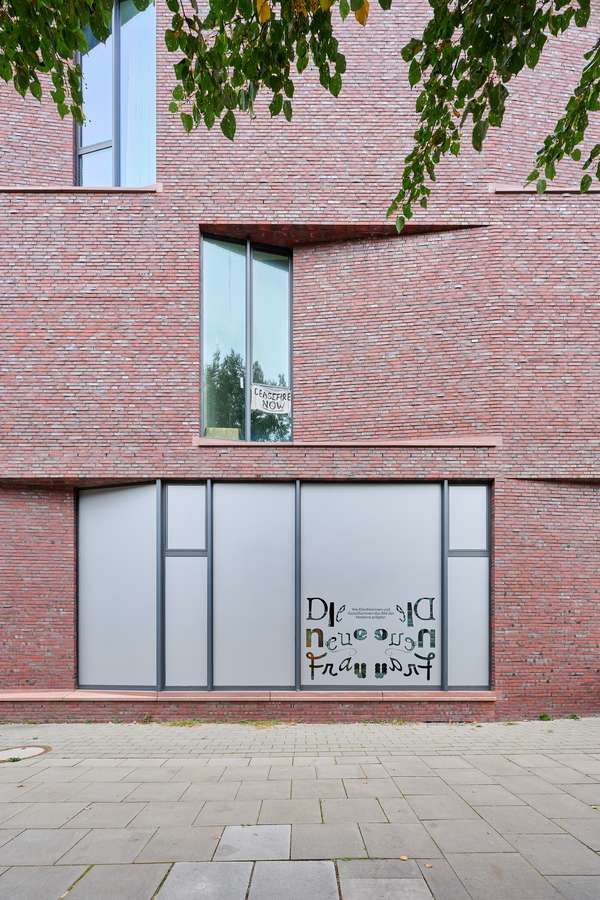
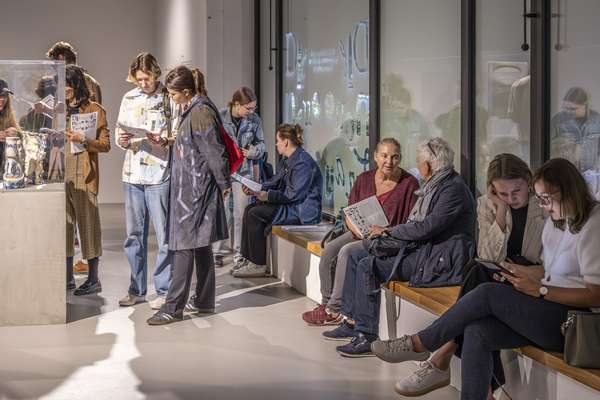

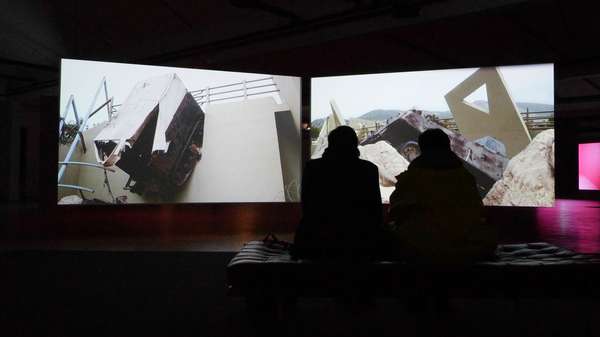
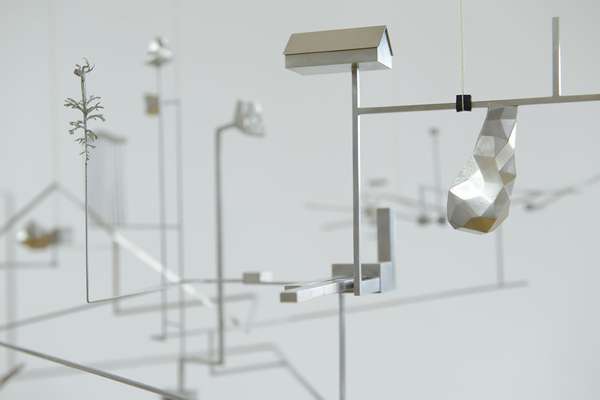
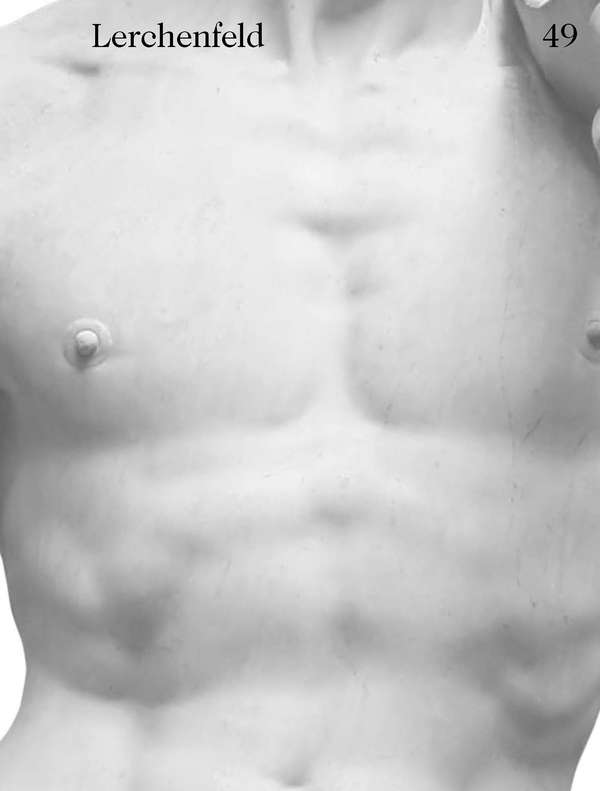
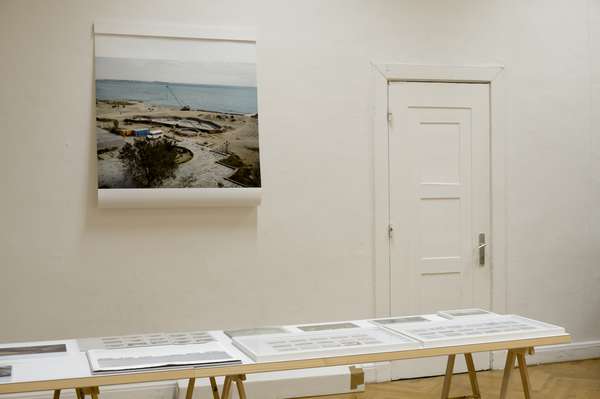
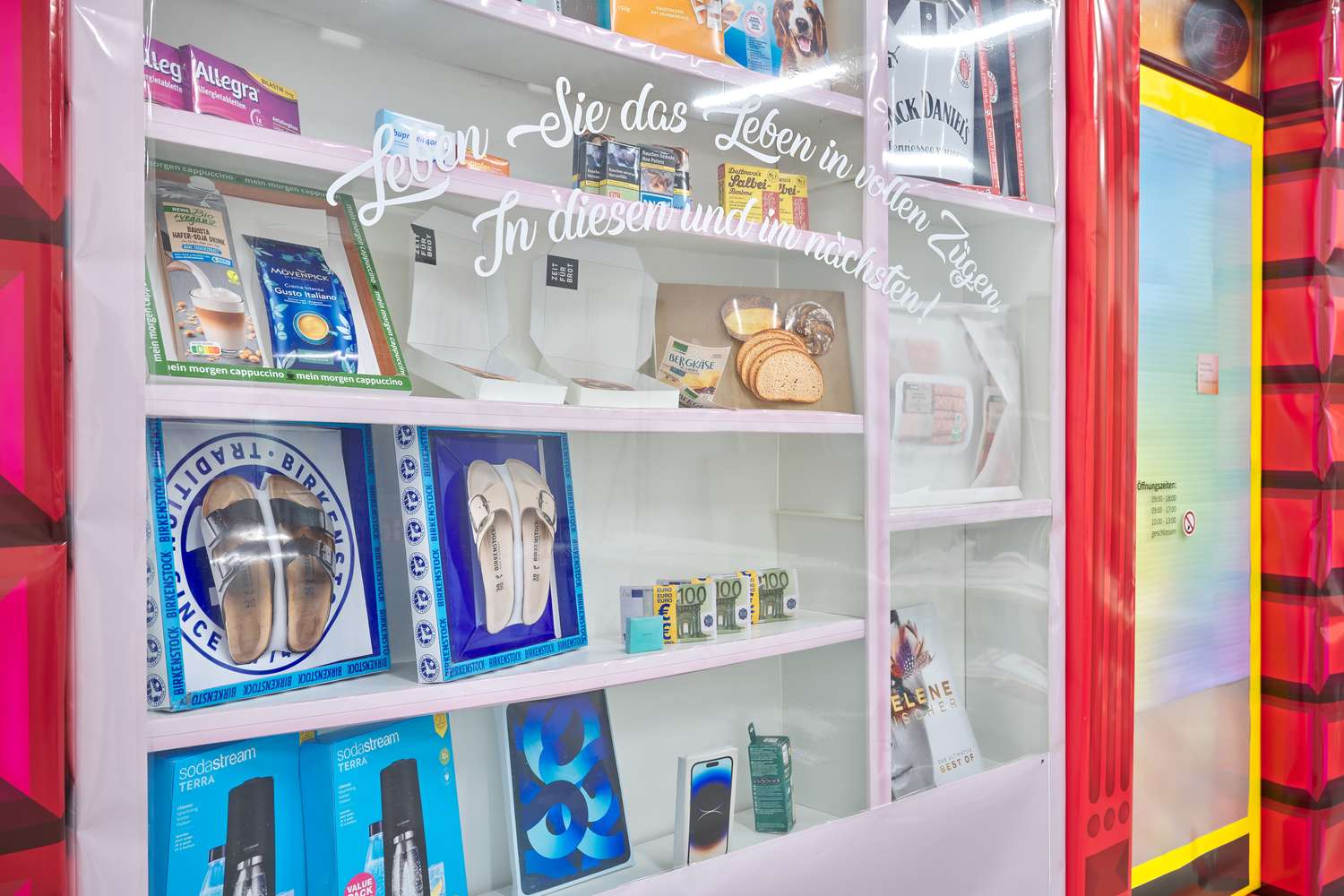
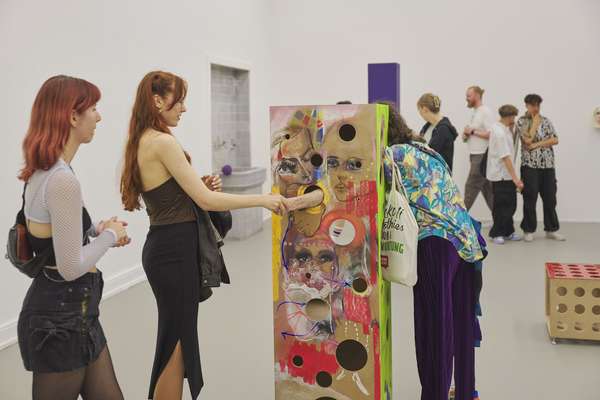
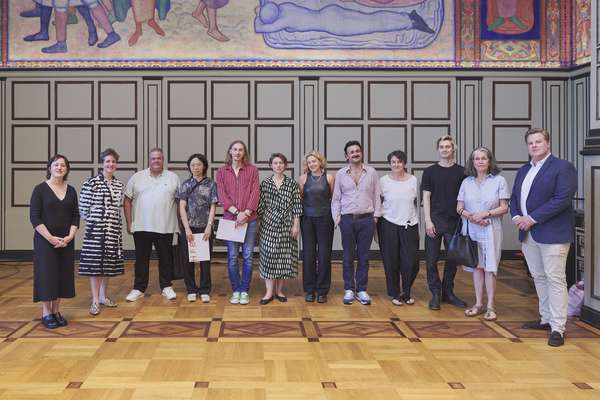


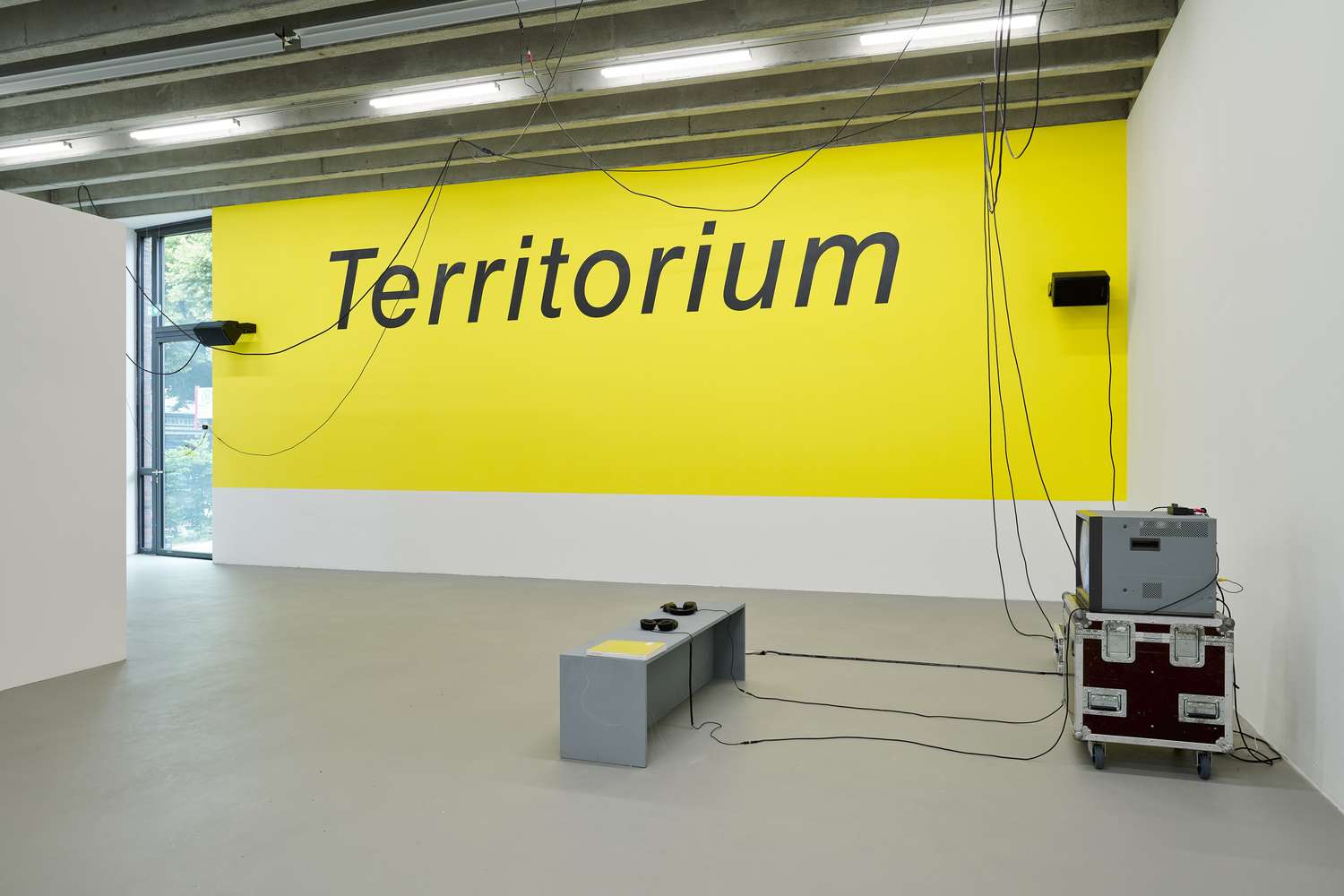

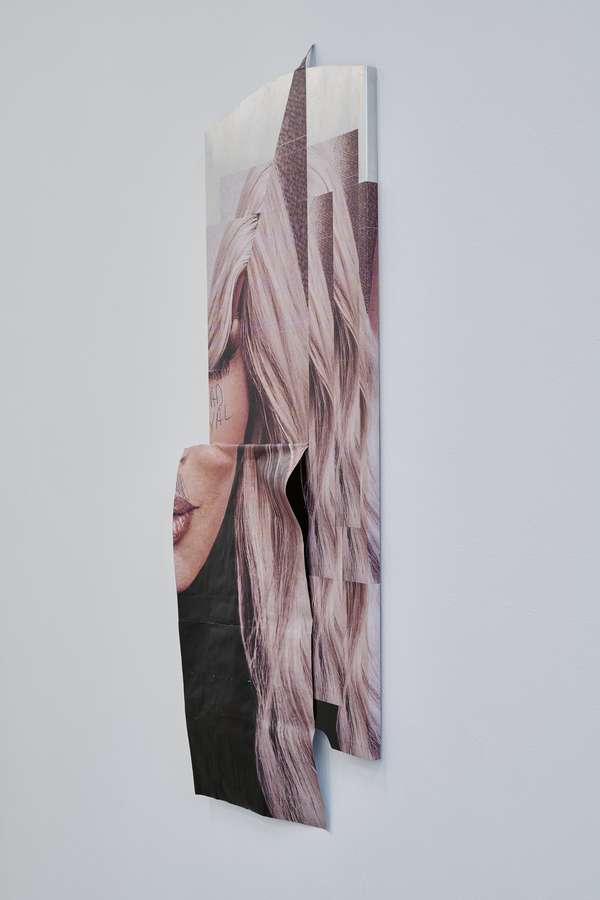



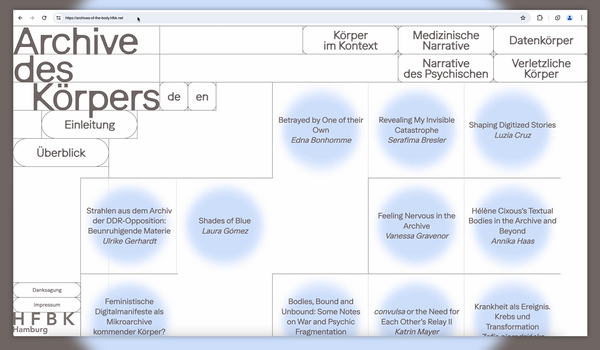






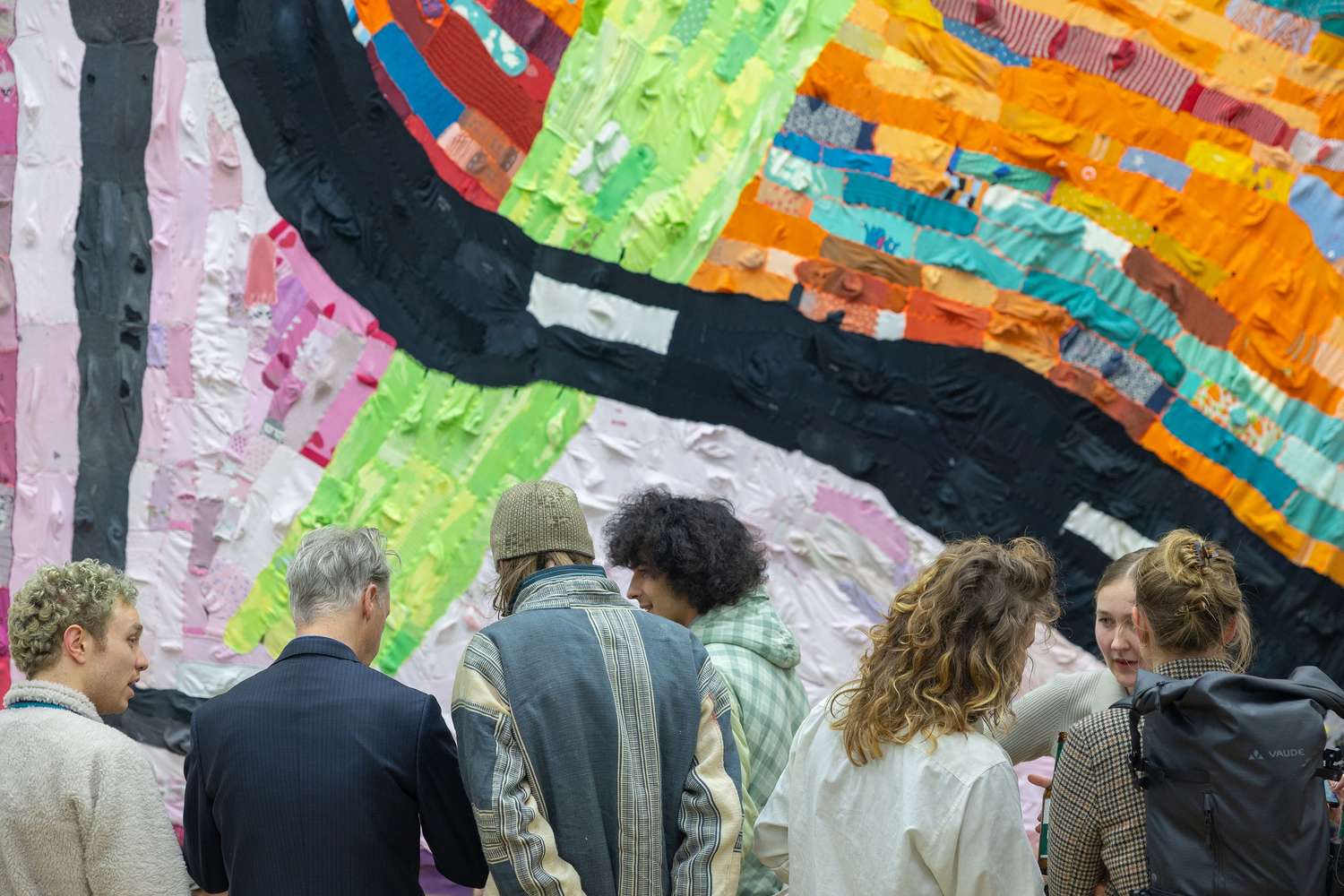








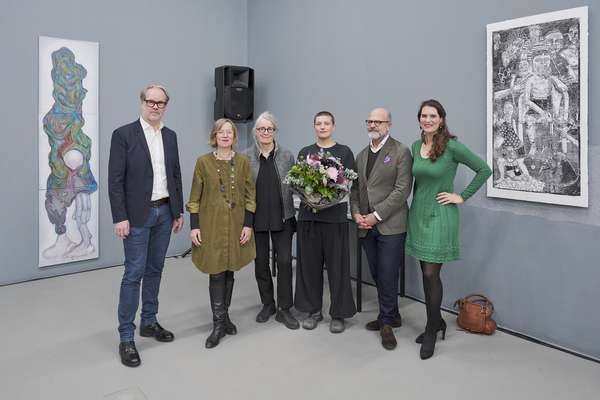


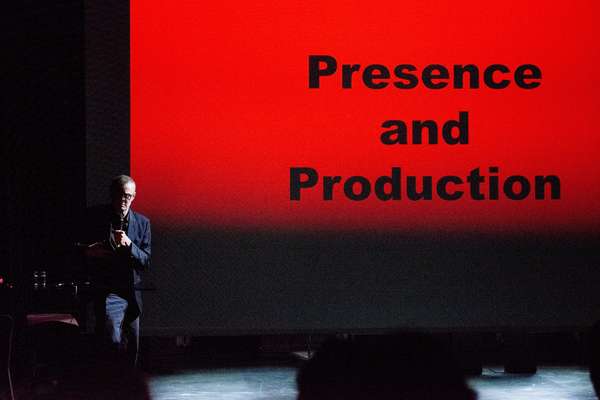



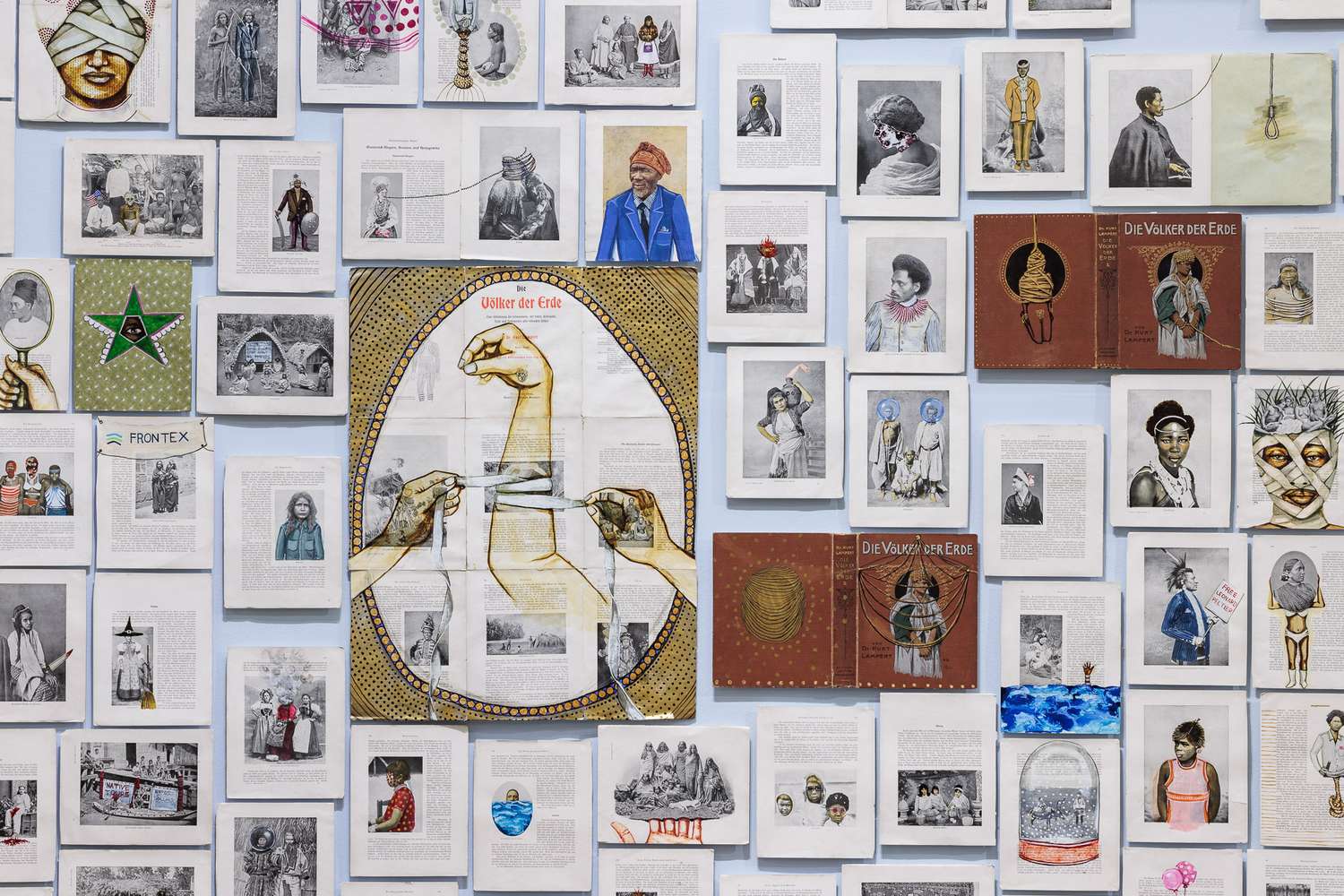









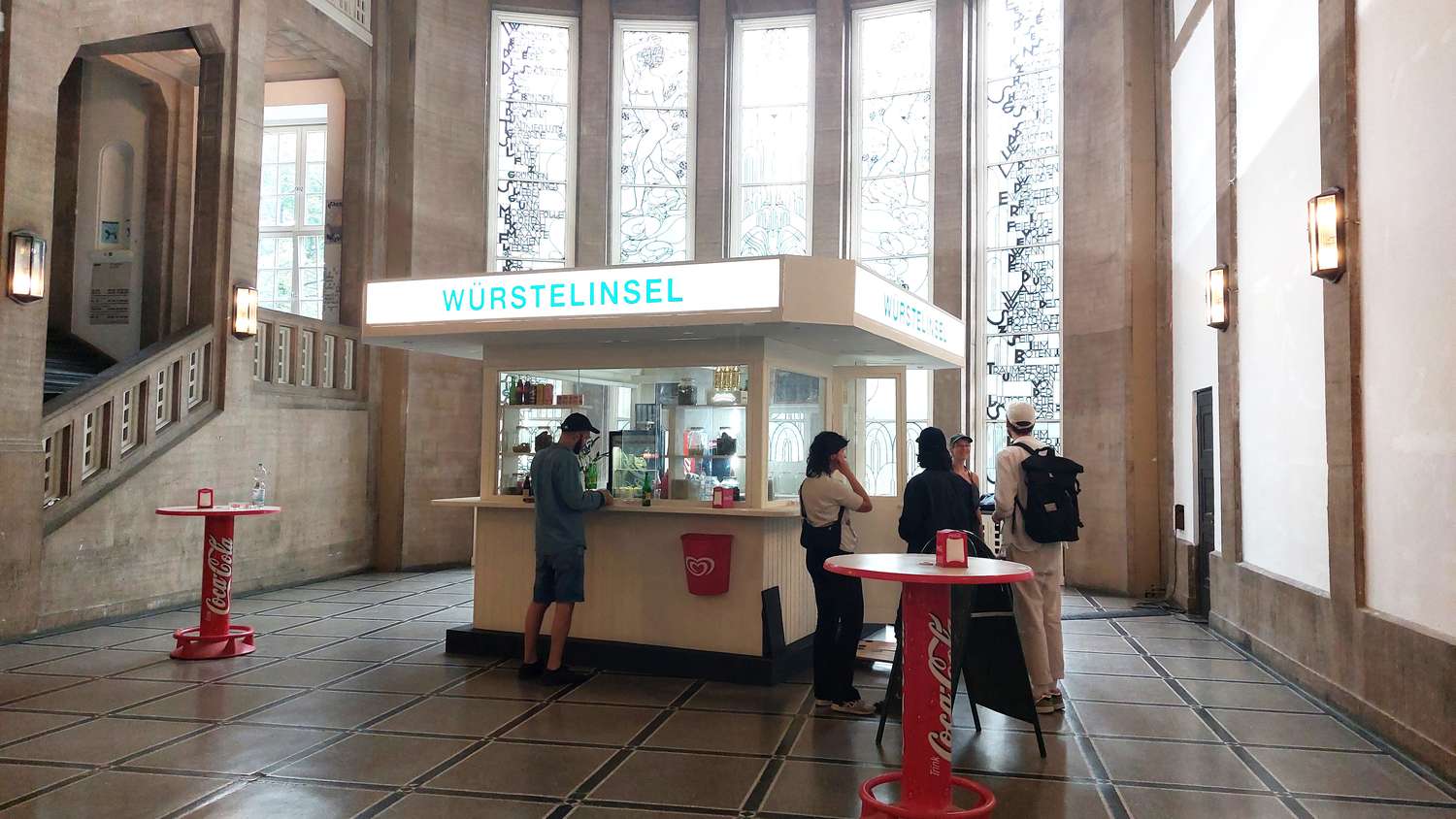








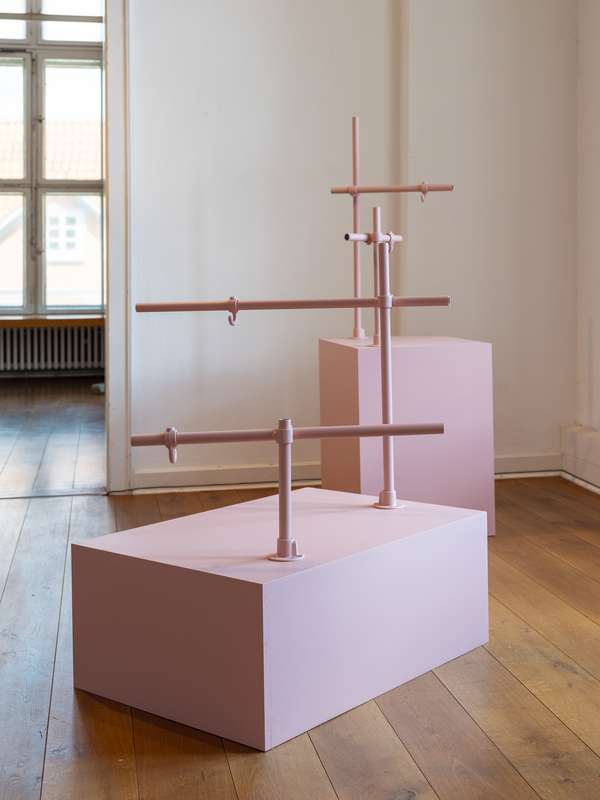

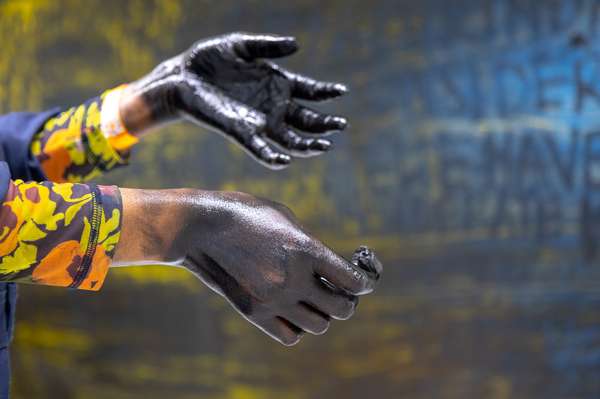




































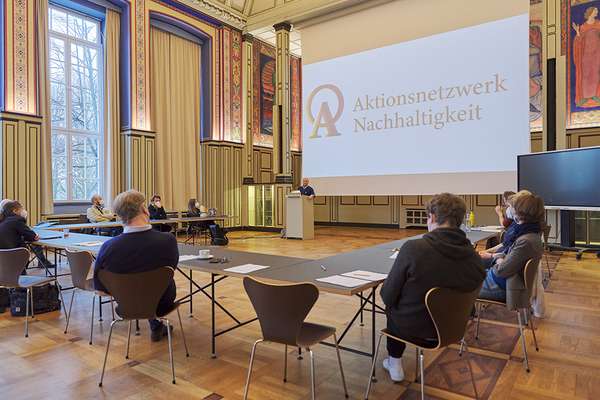






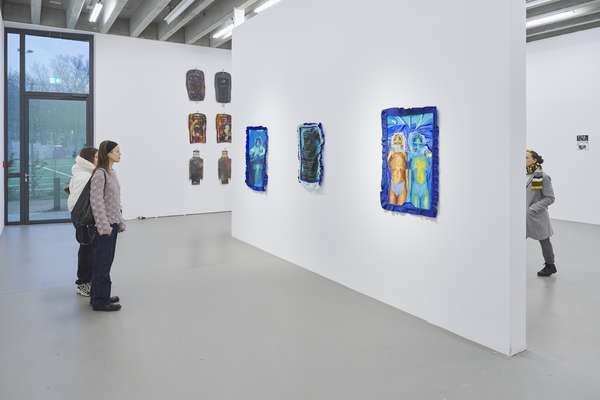








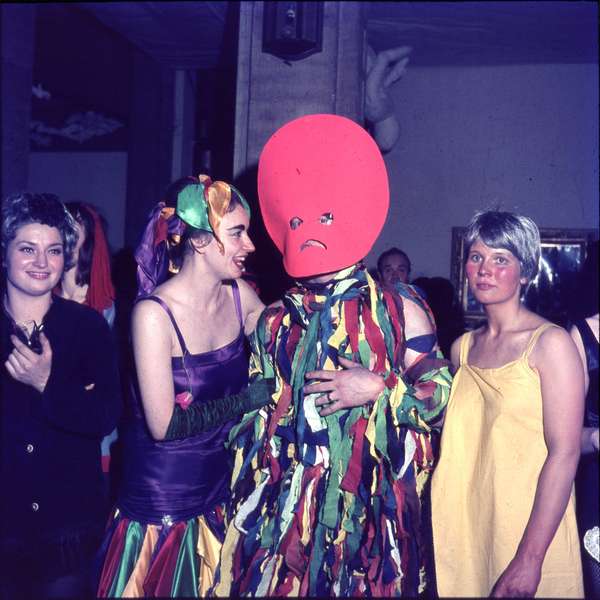

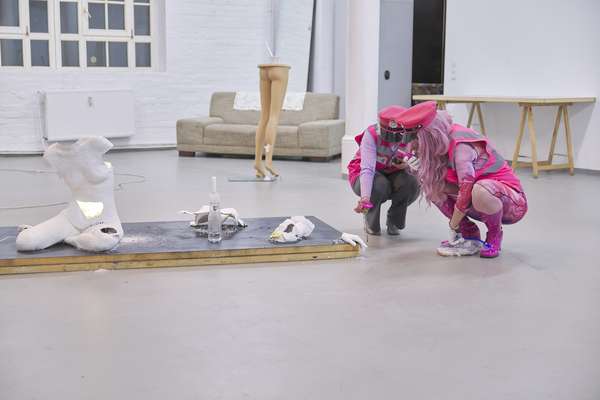







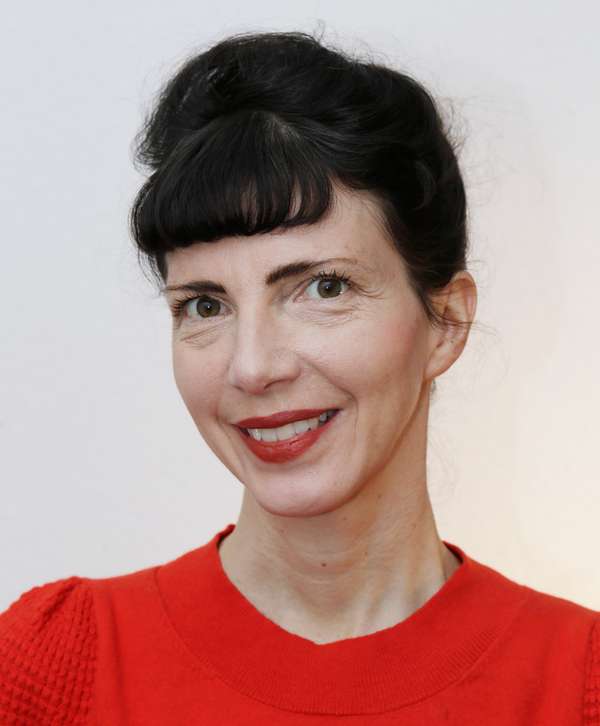
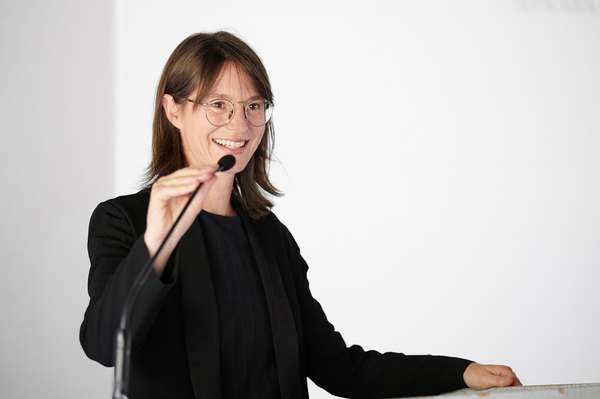




















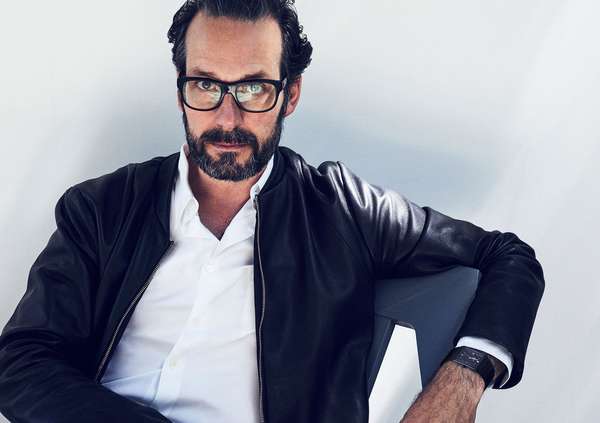







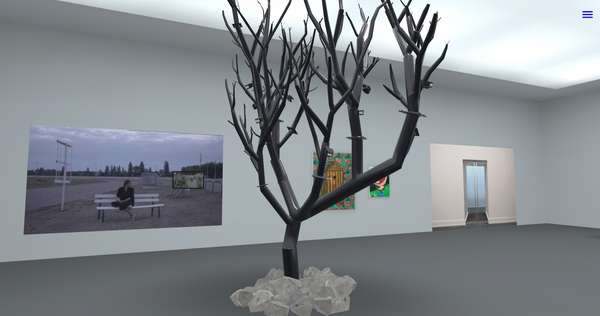
















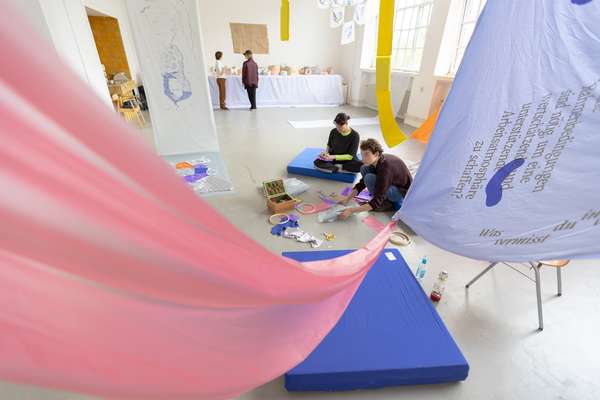

 Graduate Show 2025: Don't stop me now
Graduate Show 2025: Don't stop me now
 Long days, lots to do
Long days, lots to do
 Cine*Ami*es
Cine*Ami*es
 Redesign Democracy – competition for the ballot box of the democratic future
Redesign Democracy – competition for the ballot box of the democratic future
 Art in public space
Art in public space
 How to apply: study at HFBK Hamburg
How to apply: study at HFBK Hamburg
 Annual Exhibition 2025 at the HFBK Hamburg
Annual Exhibition 2025 at the HFBK Hamburg
 The Elephant in The Room – Sculpture today
The Elephant in The Room – Sculpture today
 Hiscox Art Prize 2024
Hiscox Art Prize 2024
 The New Woman
The New Woman
 Doing a PhD at the HFBK Hamburg
Doing a PhD at the HFBK Hamburg
 Graduate Show 2024 - Letting Go
Graduate Show 2024 - Letting Go
 Finkenwerder Art Prize 2024
Finkenwerder Art Prize 2024
 Archives of the Body - The Body in Archiving
Archives of the Body - The Body in Archiving
 New partnership with the School of Arts at the University of Haifa
New partnership with the School of Arts at the University of Haifa
 Annual Exhibition 2024 at the HFBK Hamburg
Annual Exhibition 2024 at the HFBK Hamburg
 (Ex)Changes of / in Art
(Ex)Changes of / in Art
 Extended Libraries
Extended Libraries
 And Still I Rise
And Still I Rise
 Let's talk about language
Let's talk about language
 Graduate Show 2023: Unfinished Business
Graduate Show 2023: Unfinished Business
 Let`s work together
Let`s work together
 Annual Exhibition 2023 at HFBK Hamburg
Annual Exhibition 2023 at HFBK Hamburg
 Symposium: Controversy over documenta fifteen
Symposium: Controversy over documenta fifteen
 Festival and Symposium: Non-Knowledge, Laughter and the Moving Image
Festival and Symposium: Non-Knowledge, Laughter and the Moving Image
 Solo exhibition by Konstantin Grcic
Solo exhibition by Konstantin Grcic
 Art and war
Art and war
 Graduate Show 2022: We’ve Only Just Begun
Graduate Show 2022: We’ve Only Just Begun
 June is full of art and theory
June is full of art and theory
 Finkenwerder Art Prize 2022
Finkenwerder Art Prize 2022
 Nachhaltigkeit im Kontext von Kunst und Kunsthochschule
Nachhaltigkeit im Kontext von Kunst und Kunsthochschule
 Raum für die Kunst
Raum für die Kunst
 Annual Exhibition 2022 at the HFBK
Annual Exhibition 2022 at the HFBK
 Conference: Counter-Monuments and Para-Monuments.
Conference: Counter-Monuments and Para-Monuments.
 Diversity
Diversity
 Live und in Farbe: die ASA Open Studios im Juni 2021
Live und in Farbe: die ASA Open Studios im Juni 2021
 Unlearning: Wartenau Assemblies
Unlearning: Wartenau Assemblies
 School of No Consequences
School of No Consequences
 Annual Exhibition 2021 at the HFBK
Annual Exhibition 2021 at the HFBK
 Semestereröffnung und Hiscox-Preisverleihung 2020
Semestereröffnung und Hiscox-Preisverleihung 2020
 Teaching Art Online at the HFBK
Teaching Art Online at the HFBK
 HFBK Graduate Survey
HFBK Graduate Survey
 How political is Social Design?
How political is Social Design?